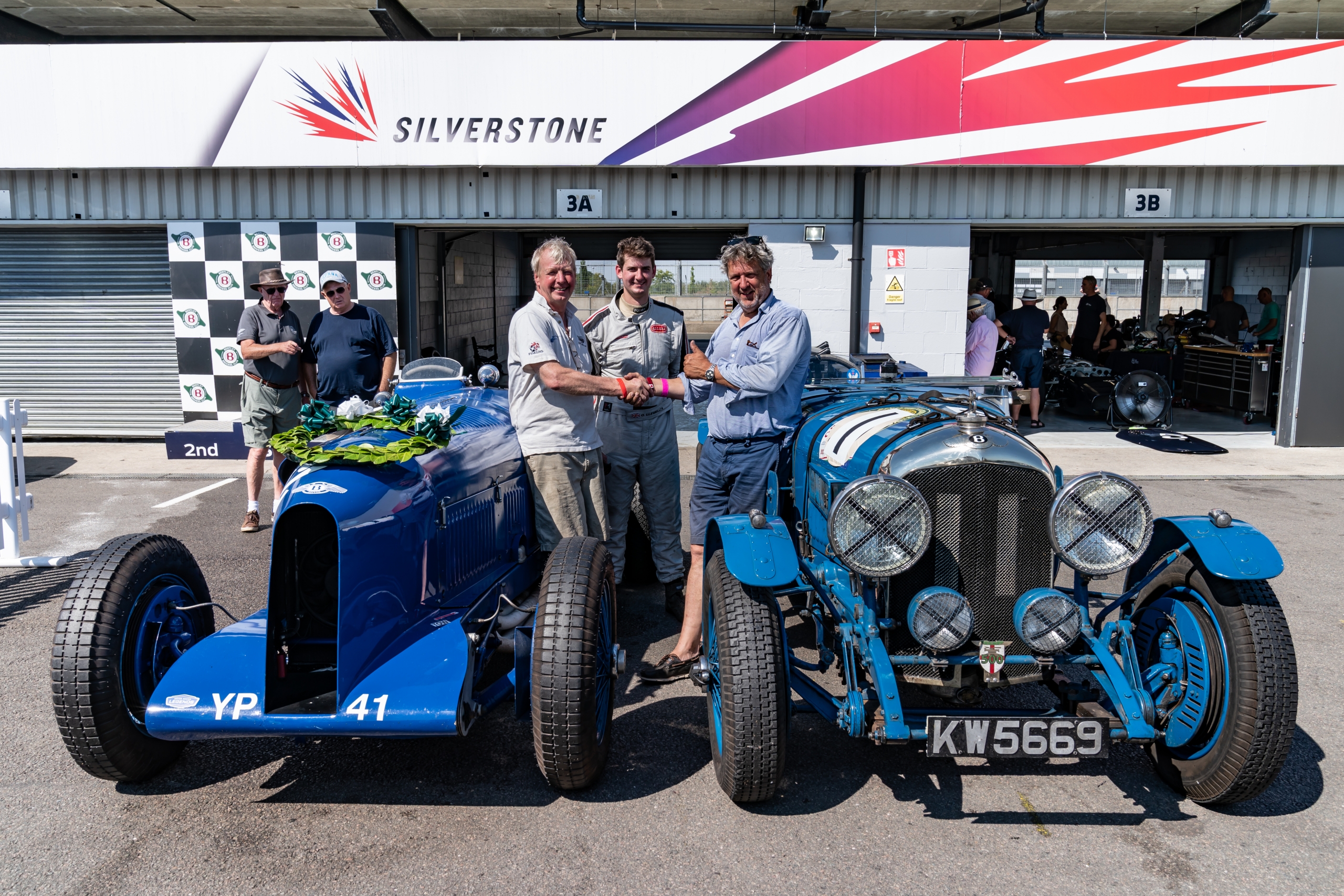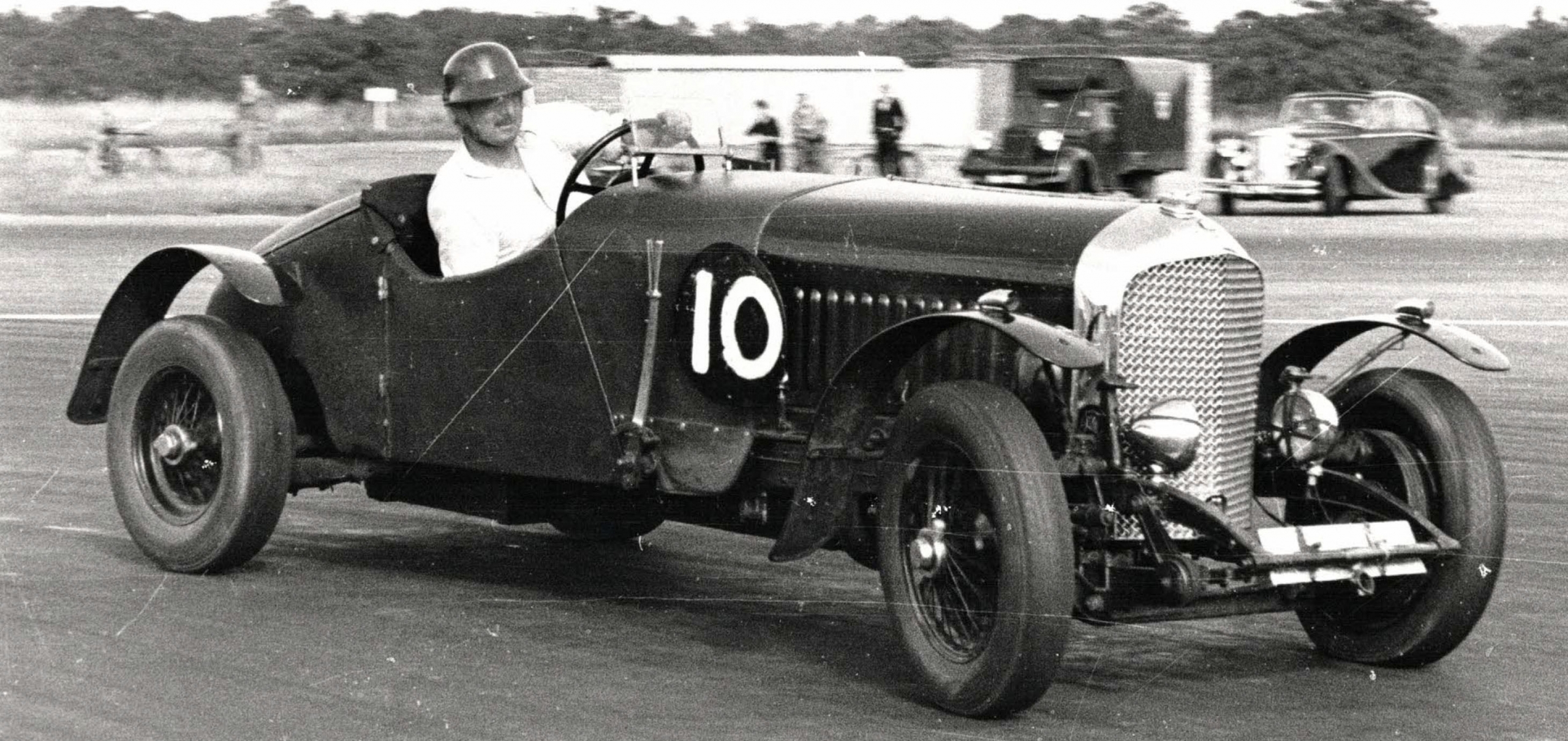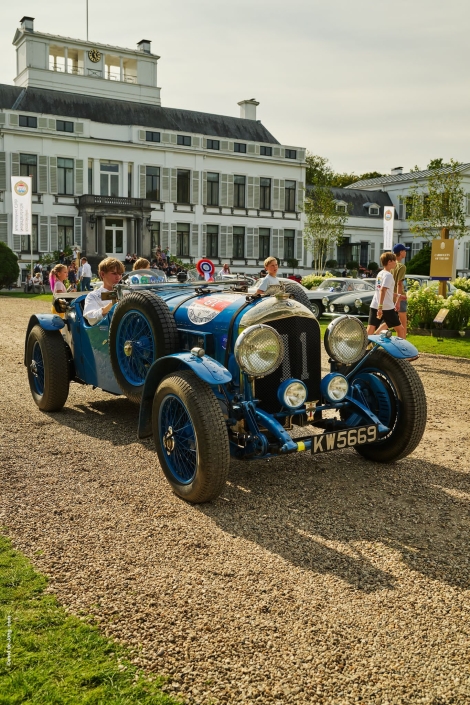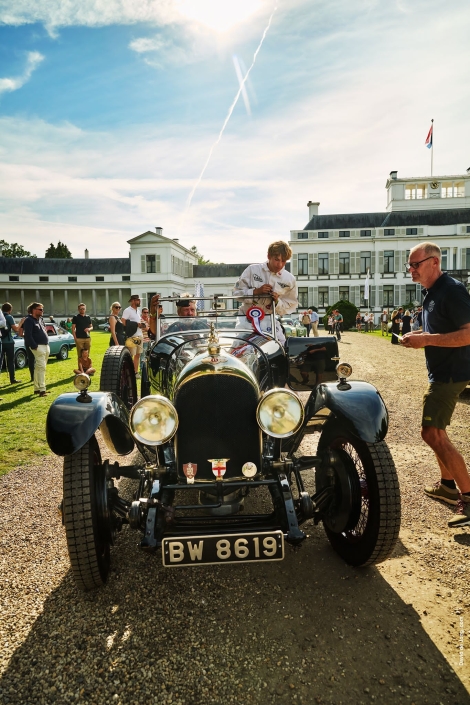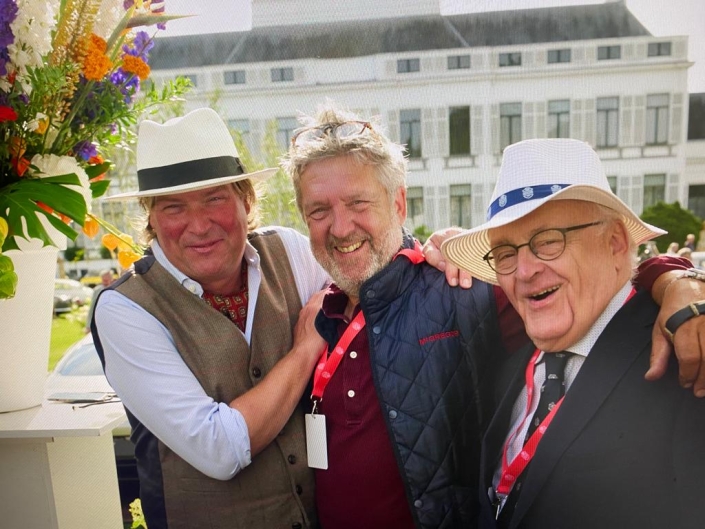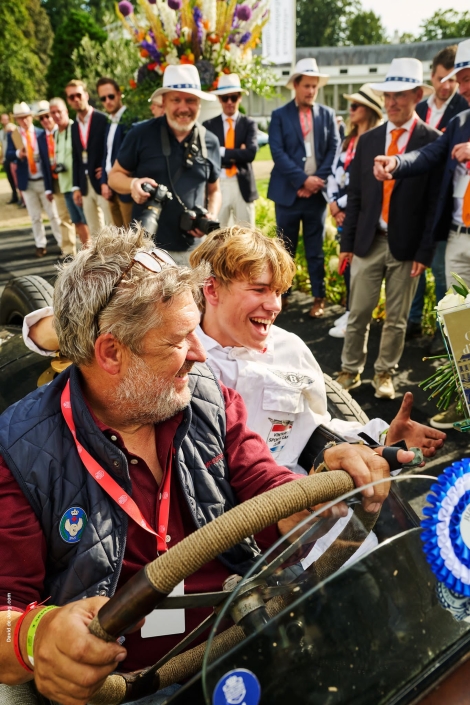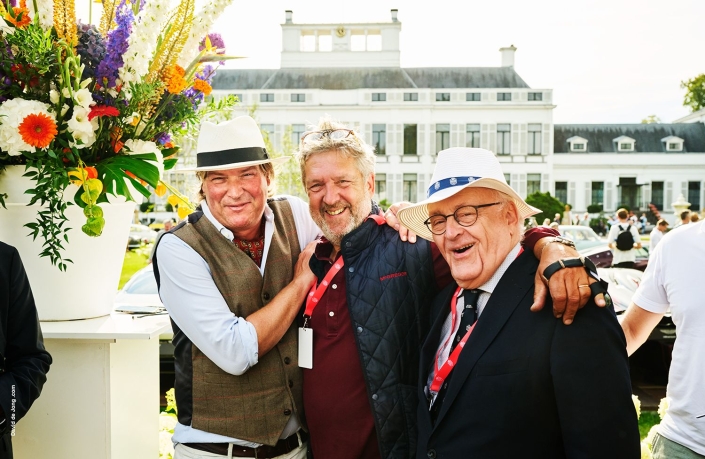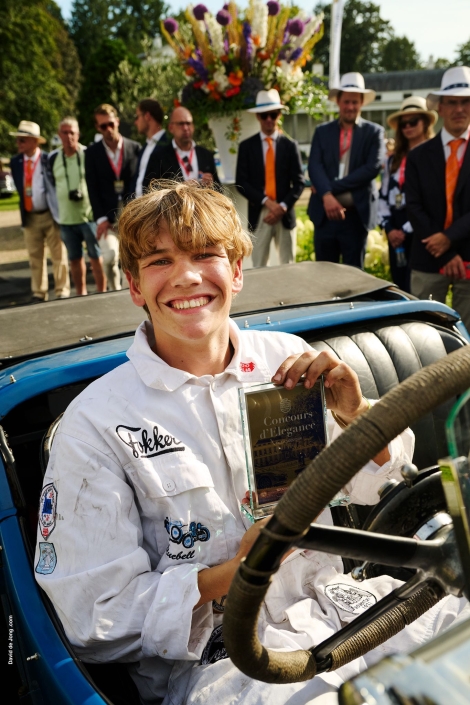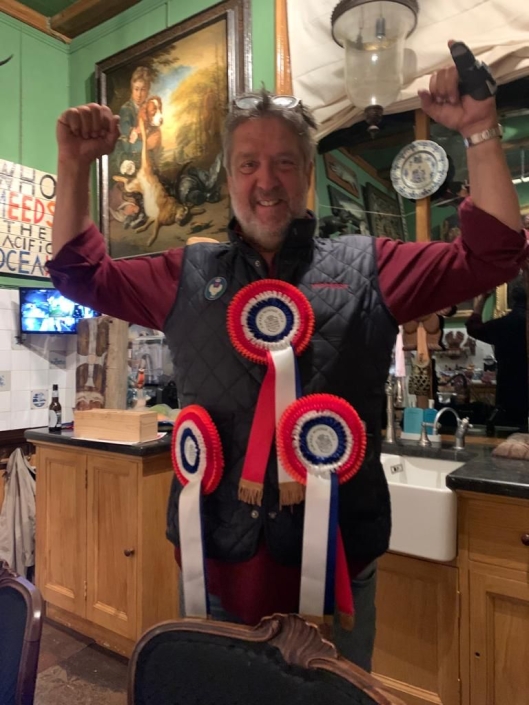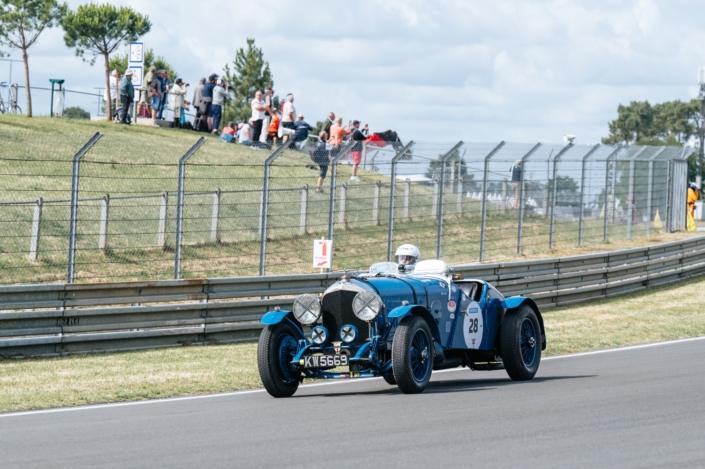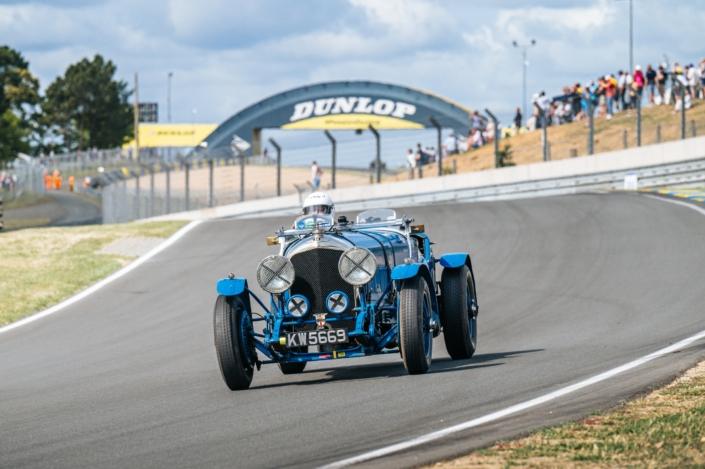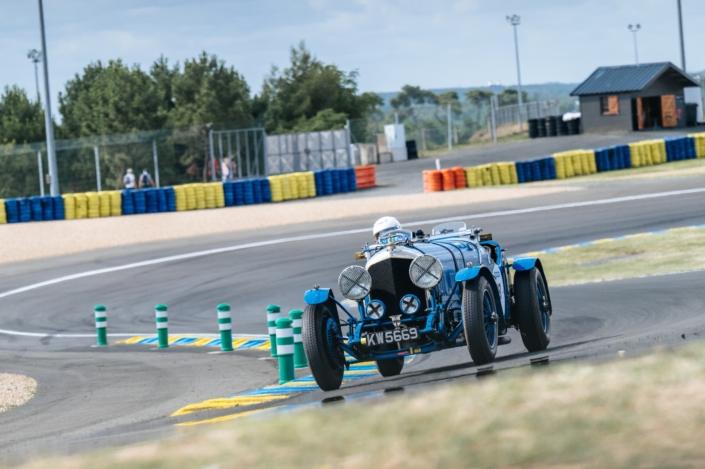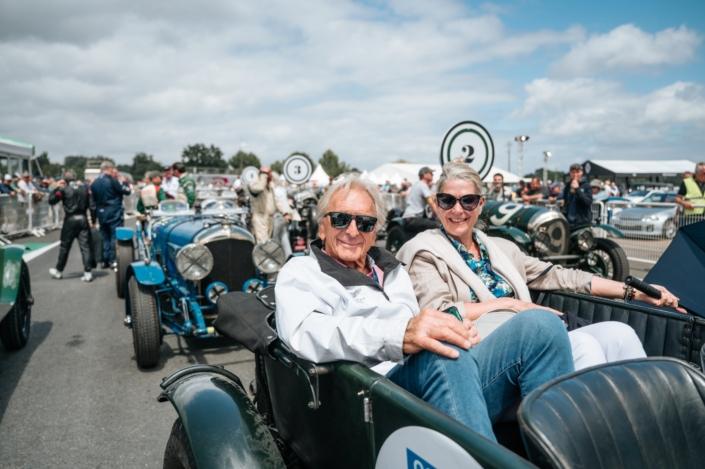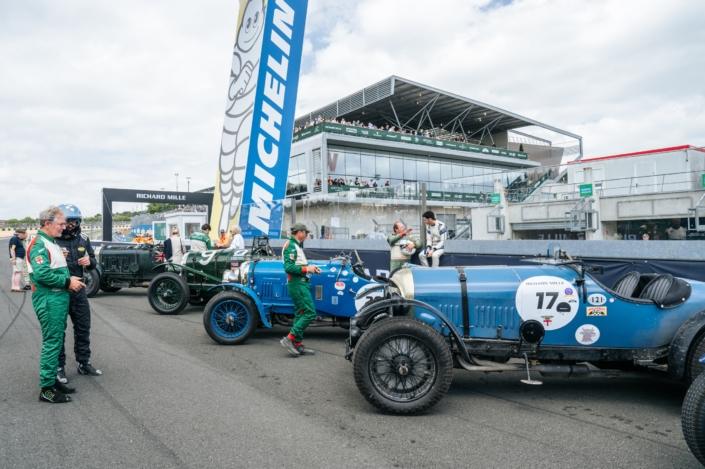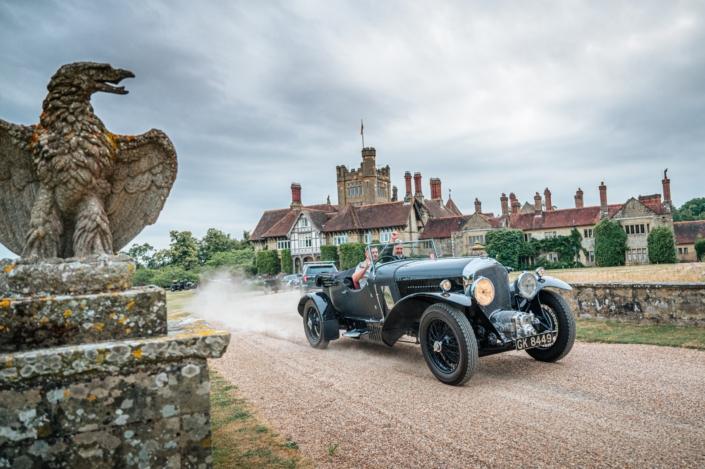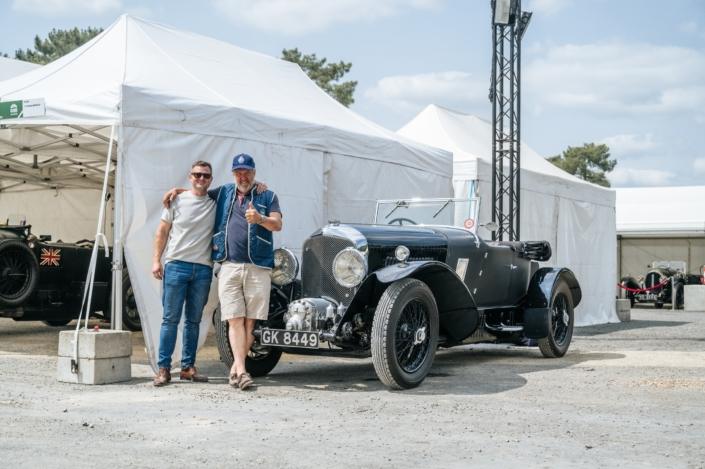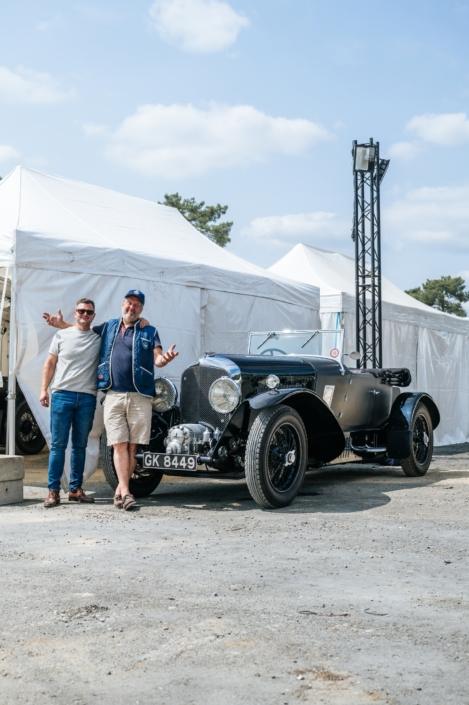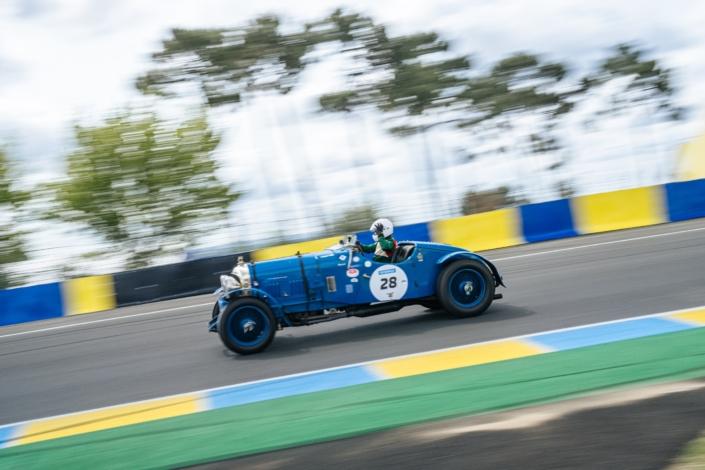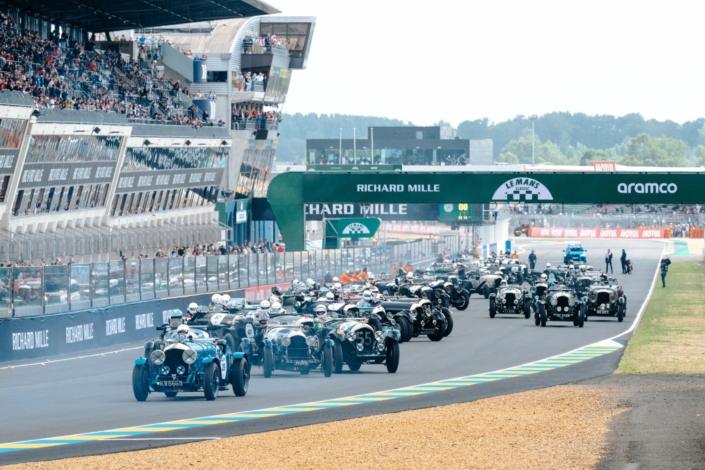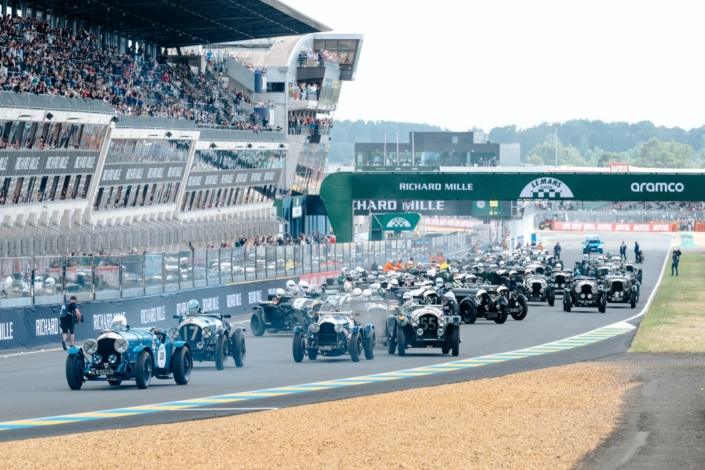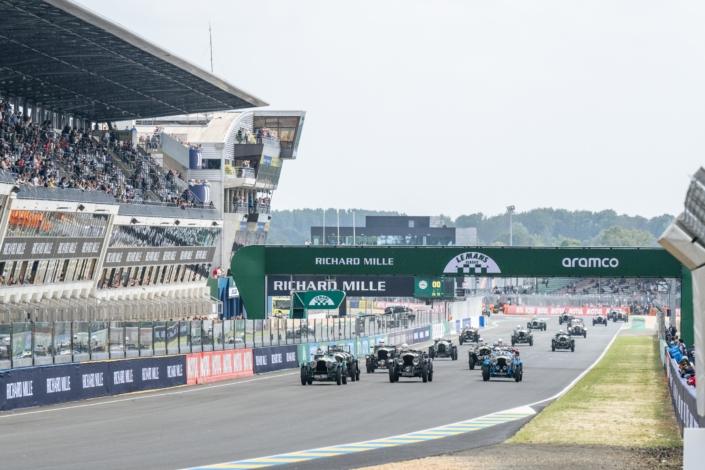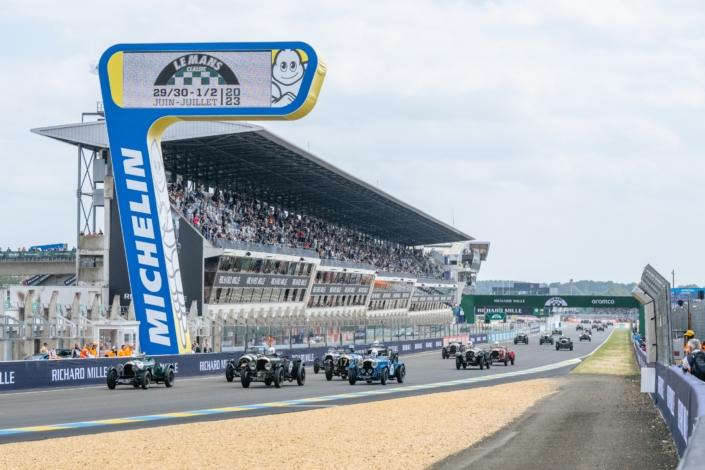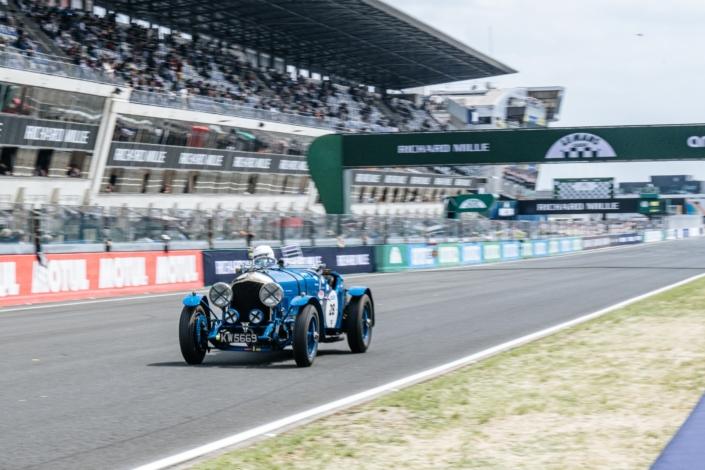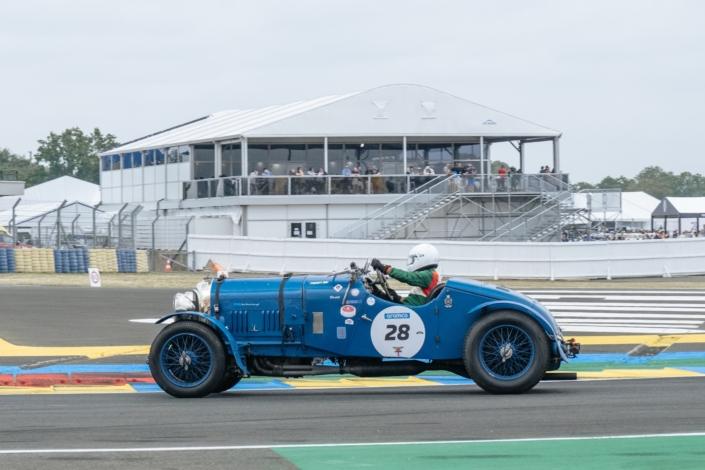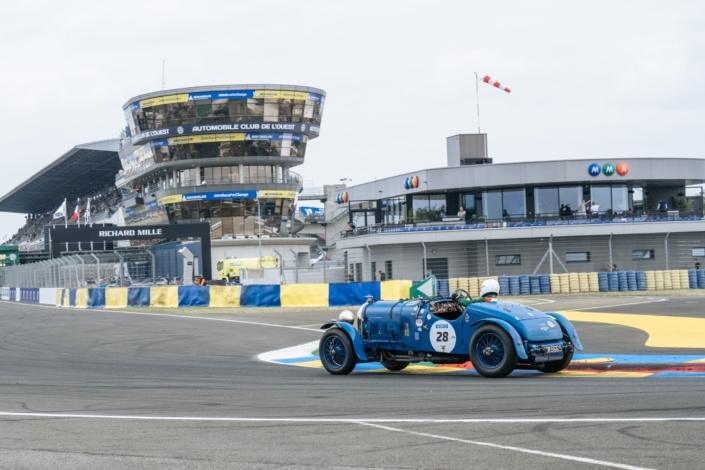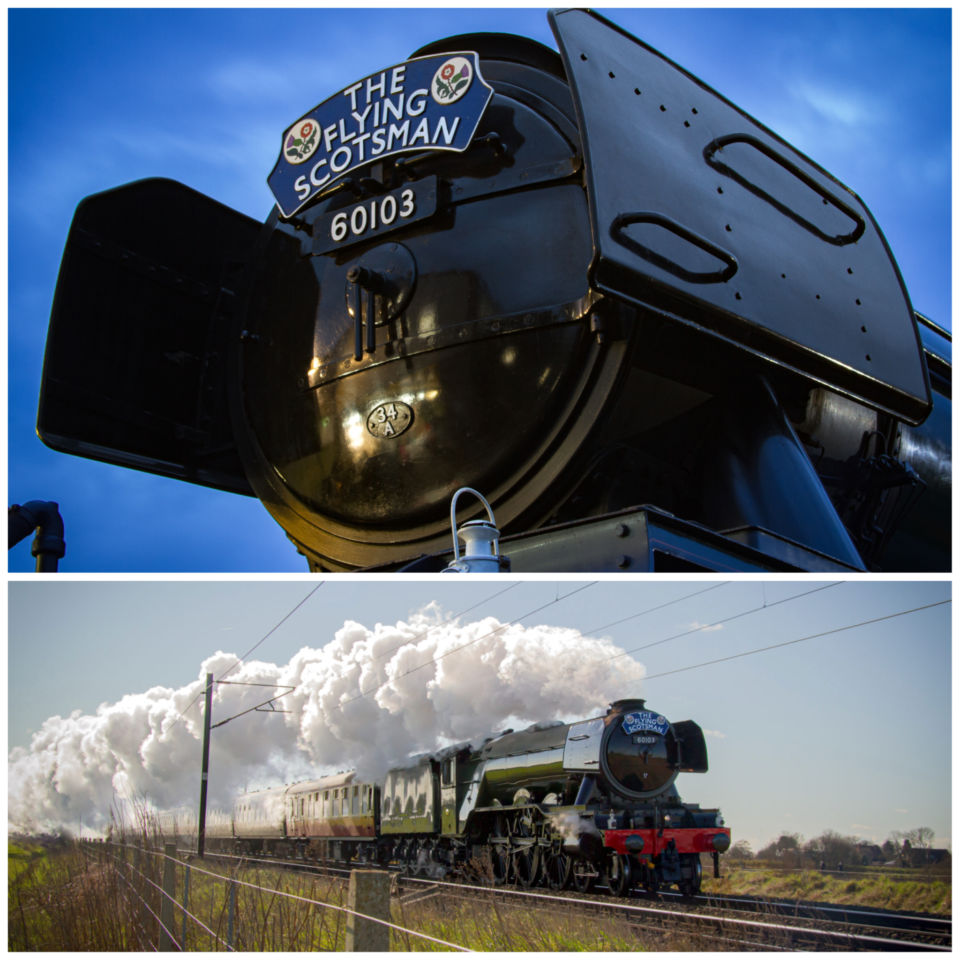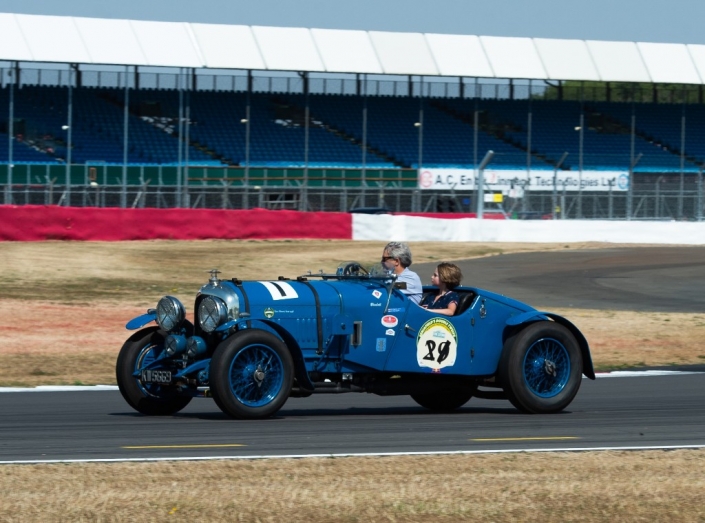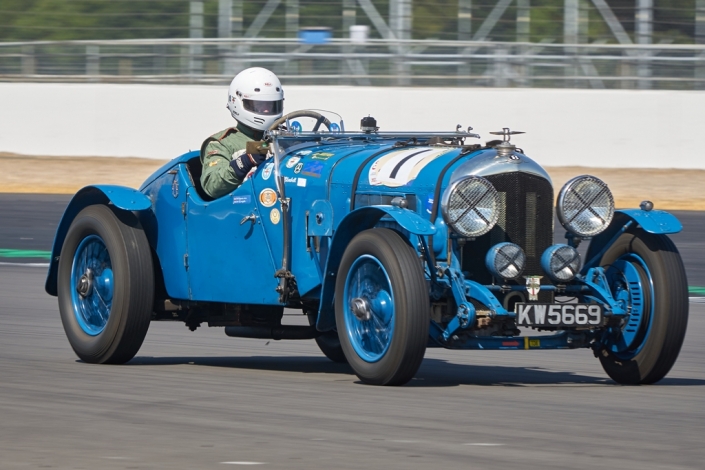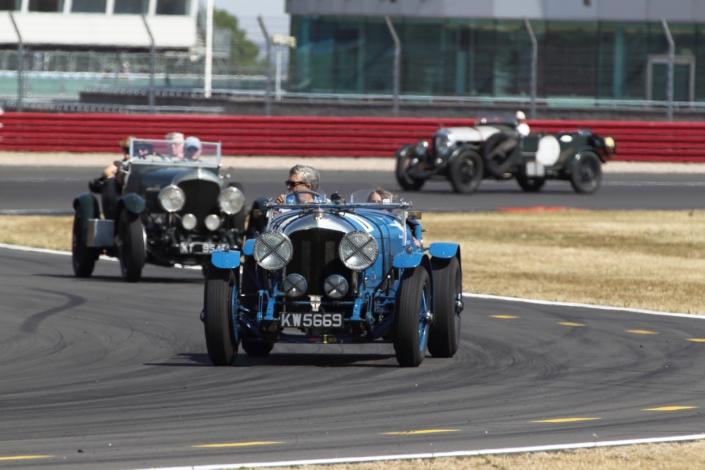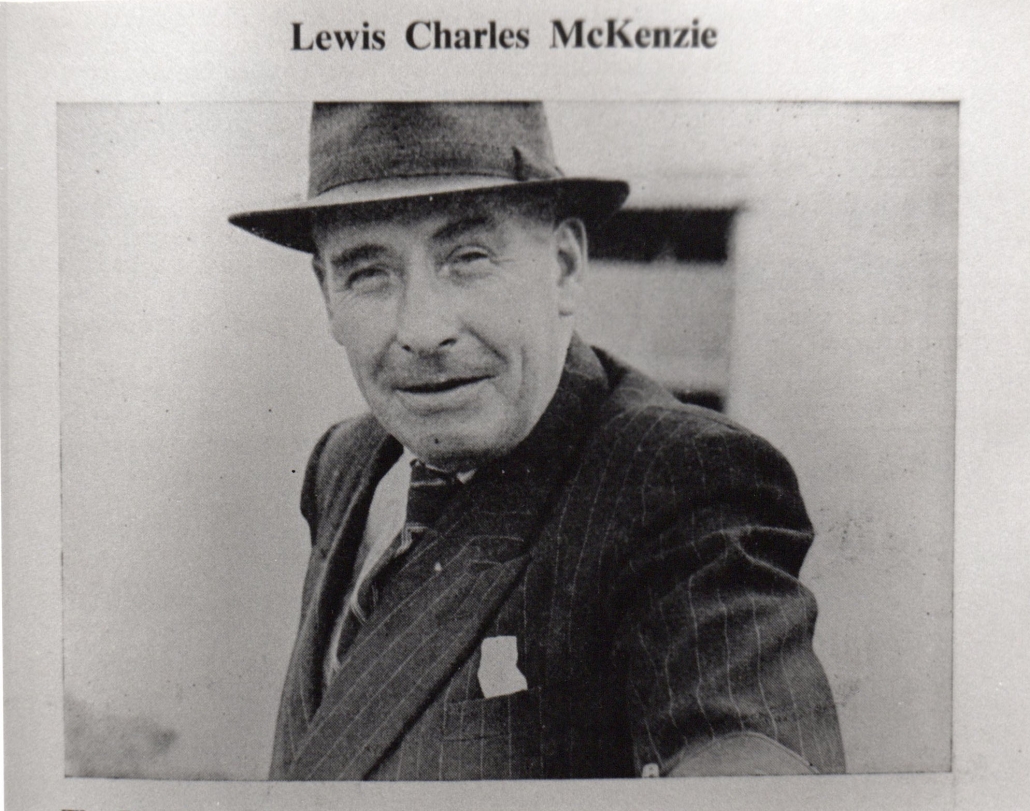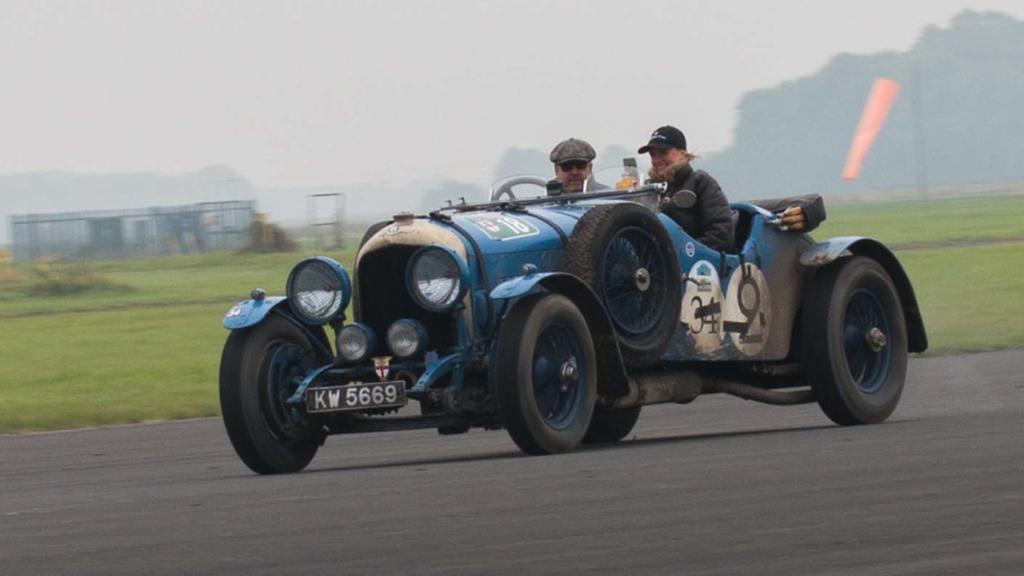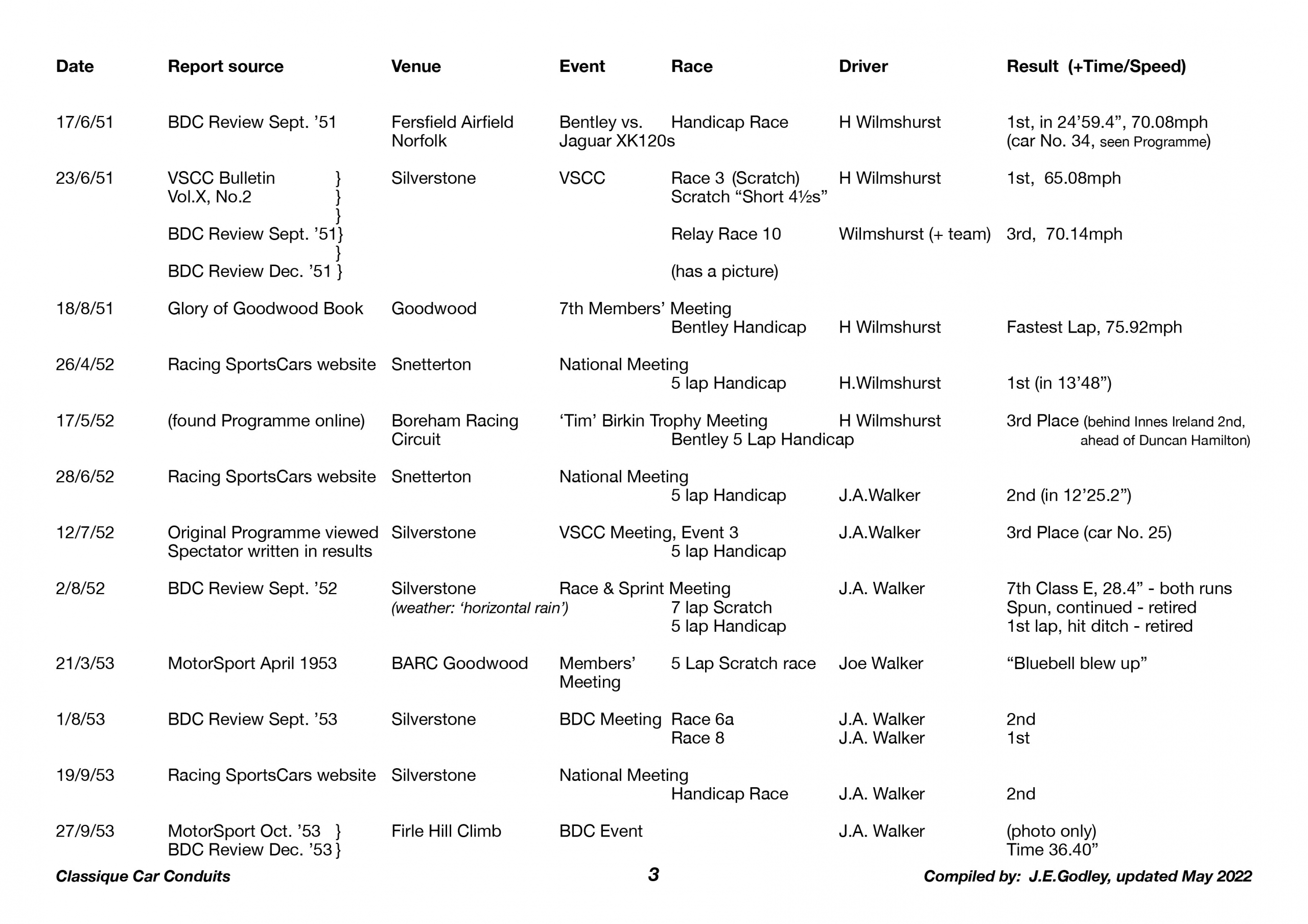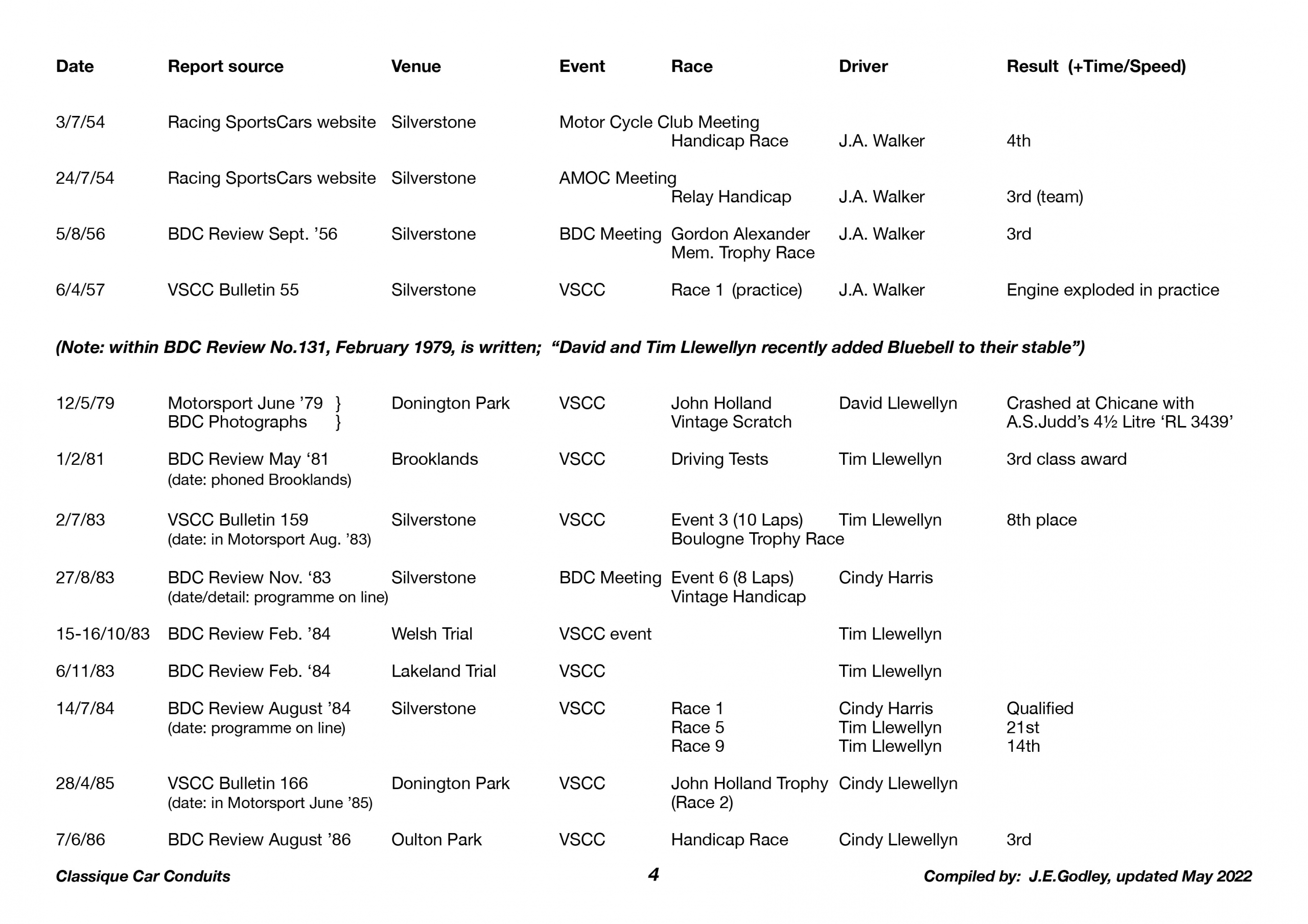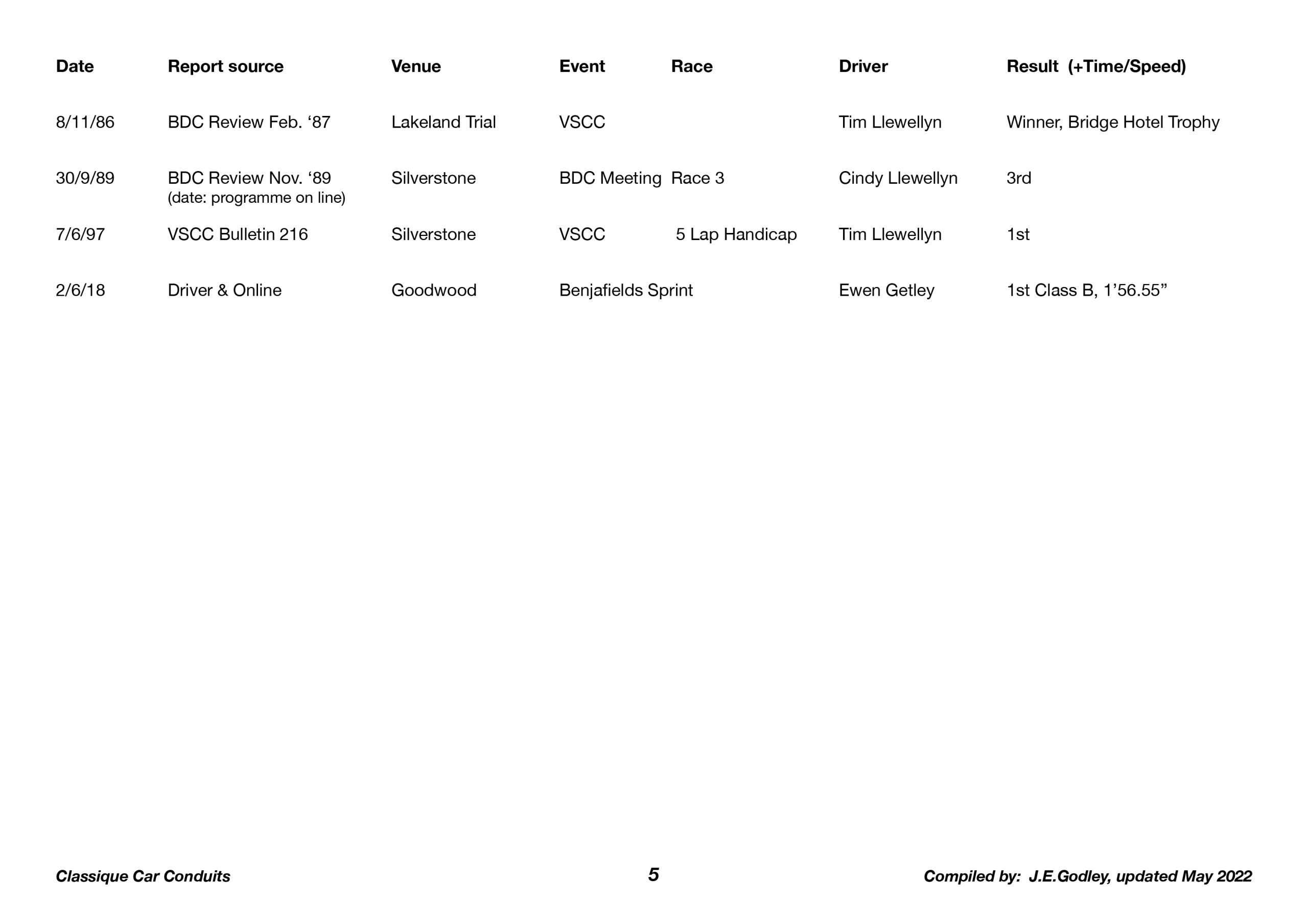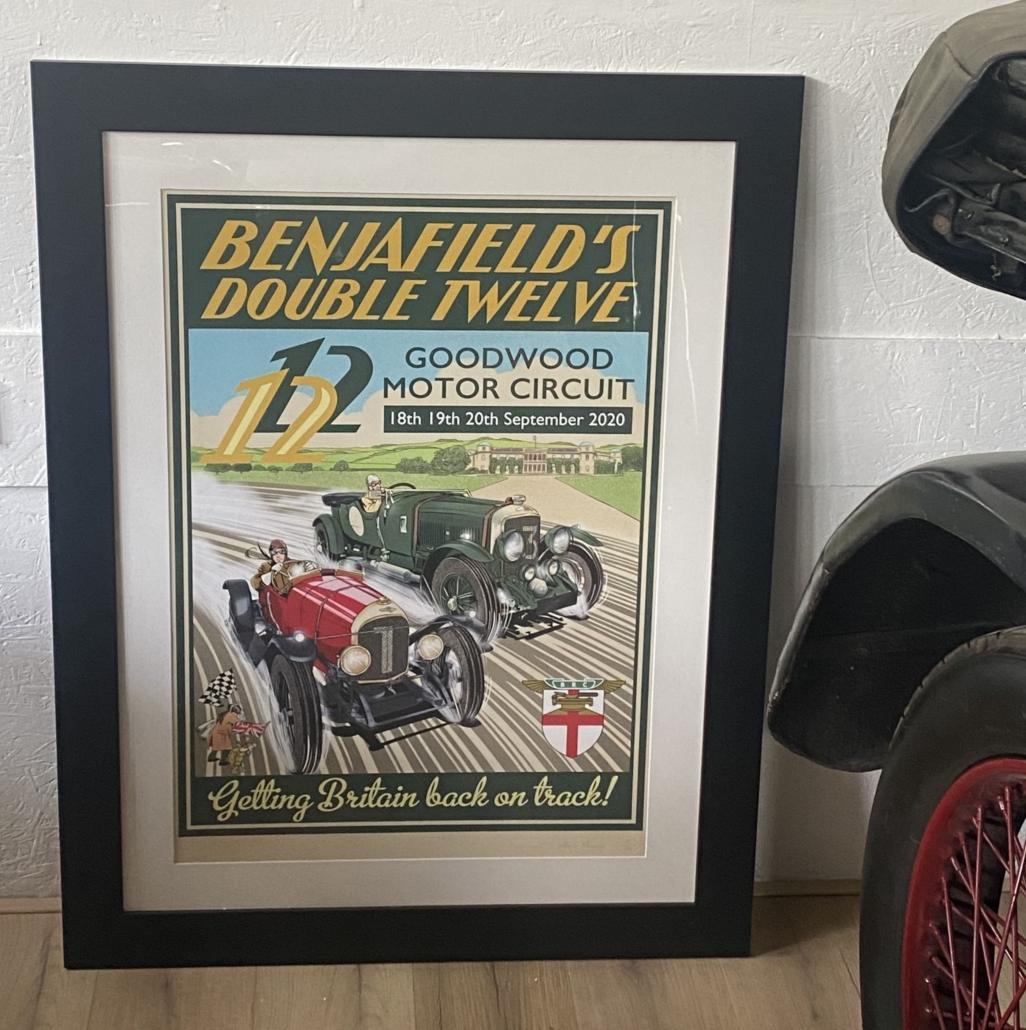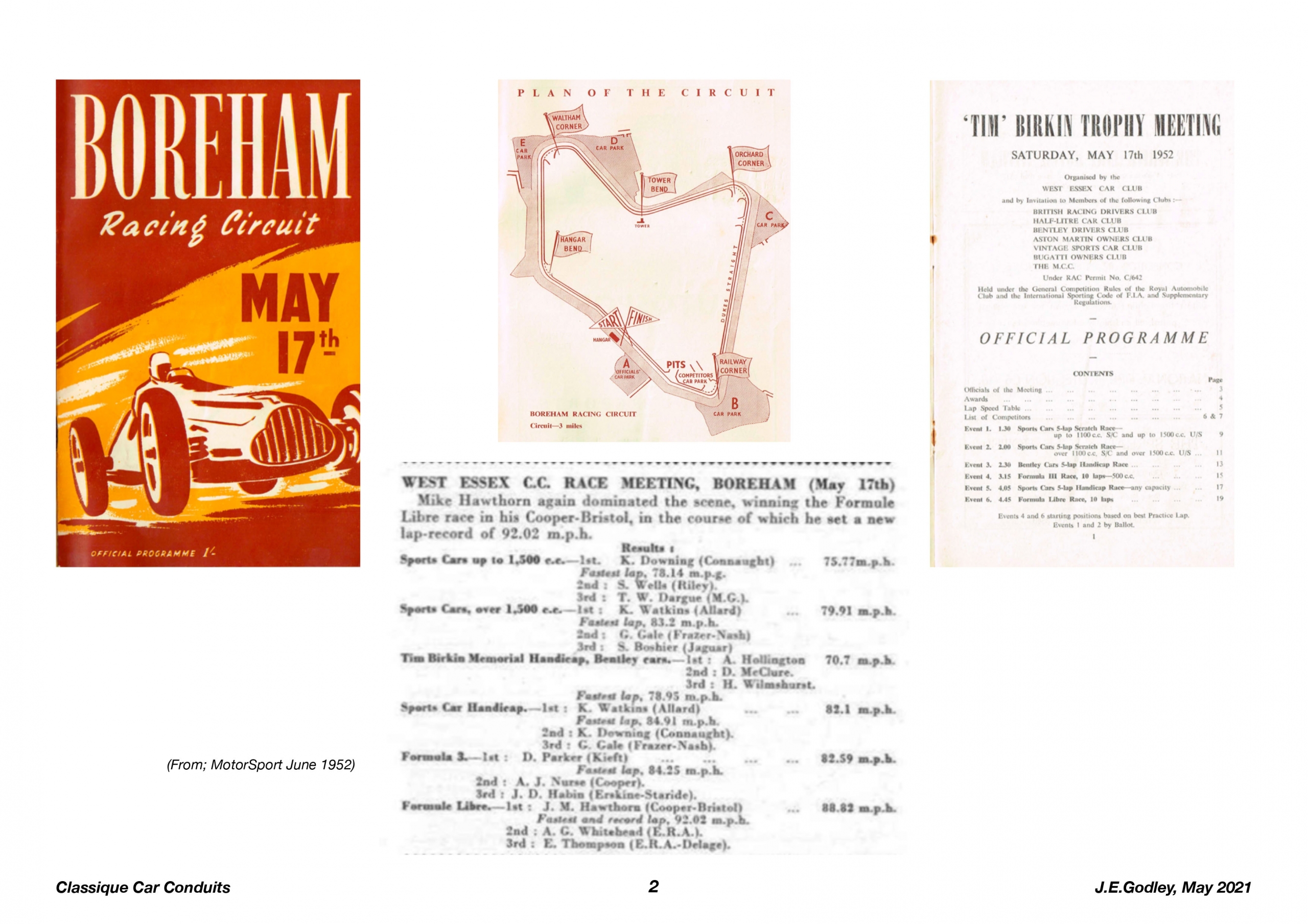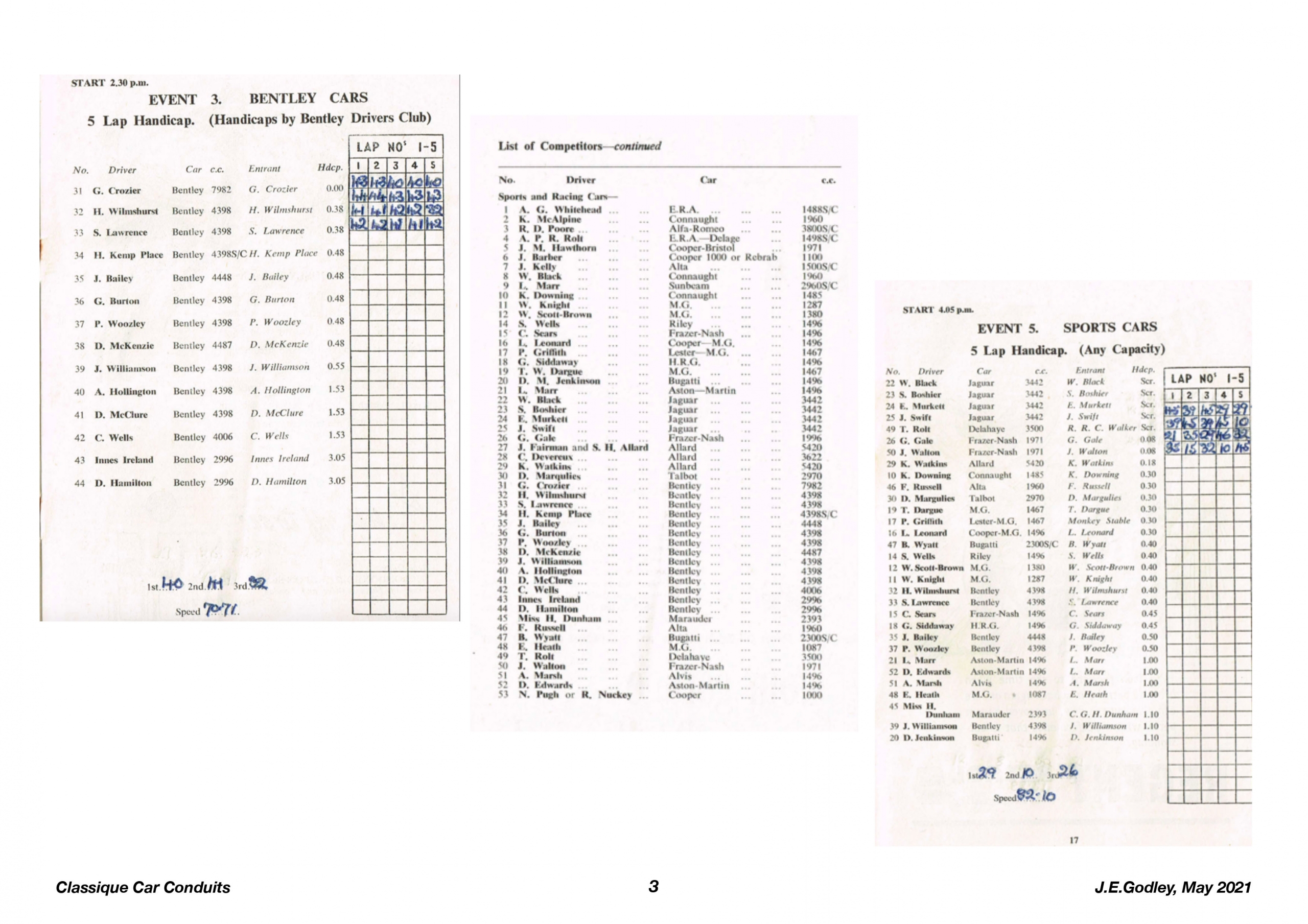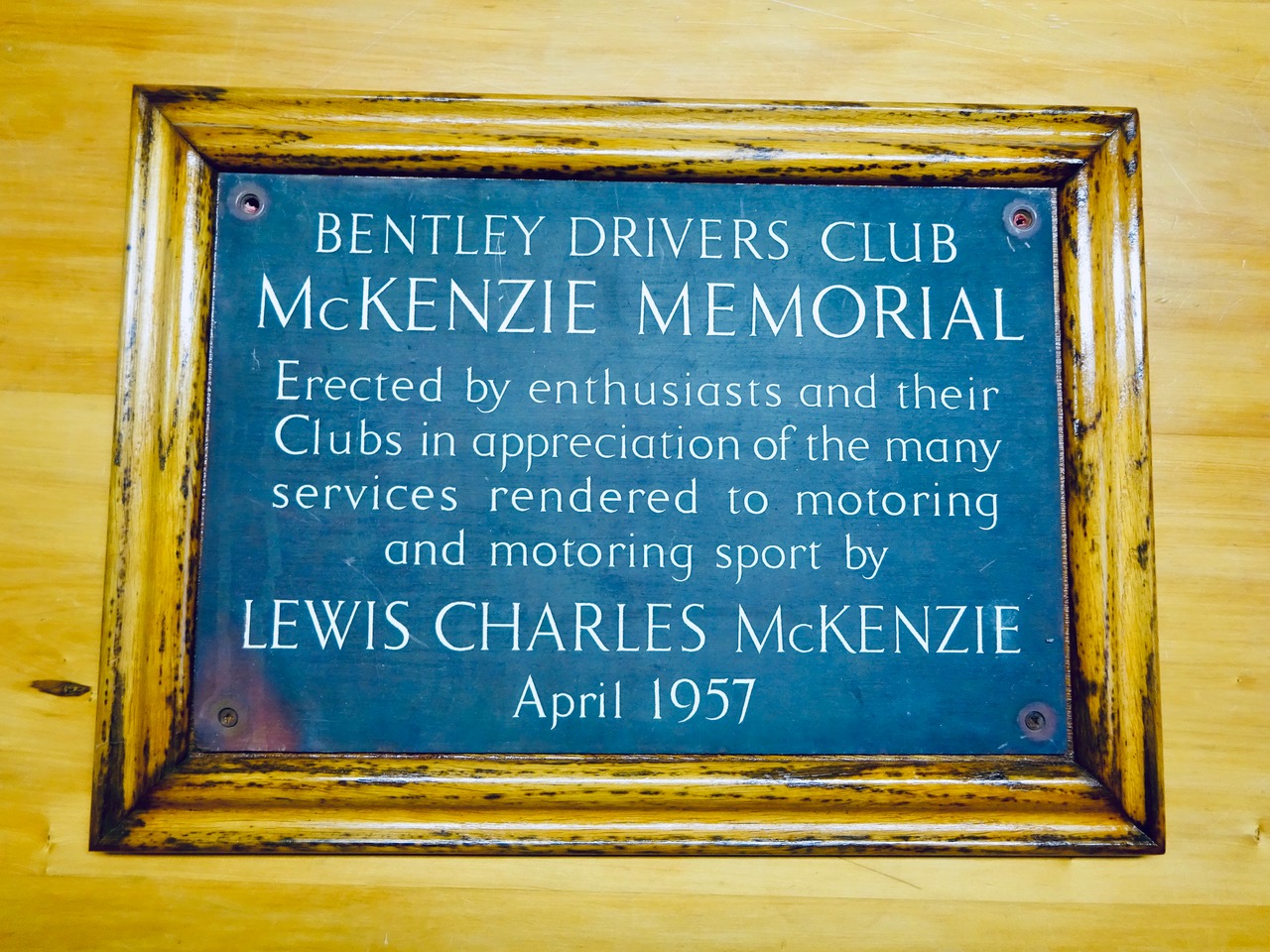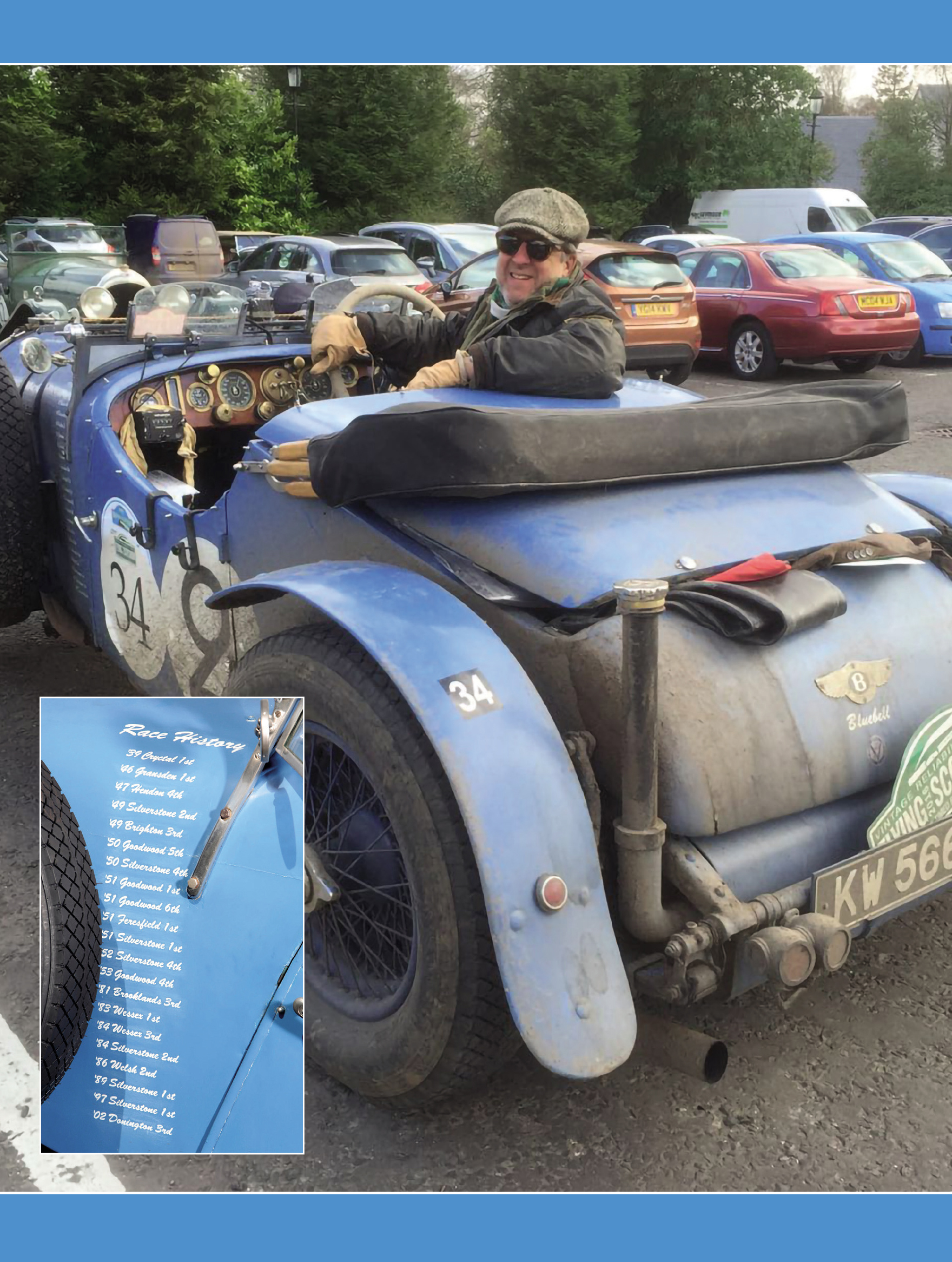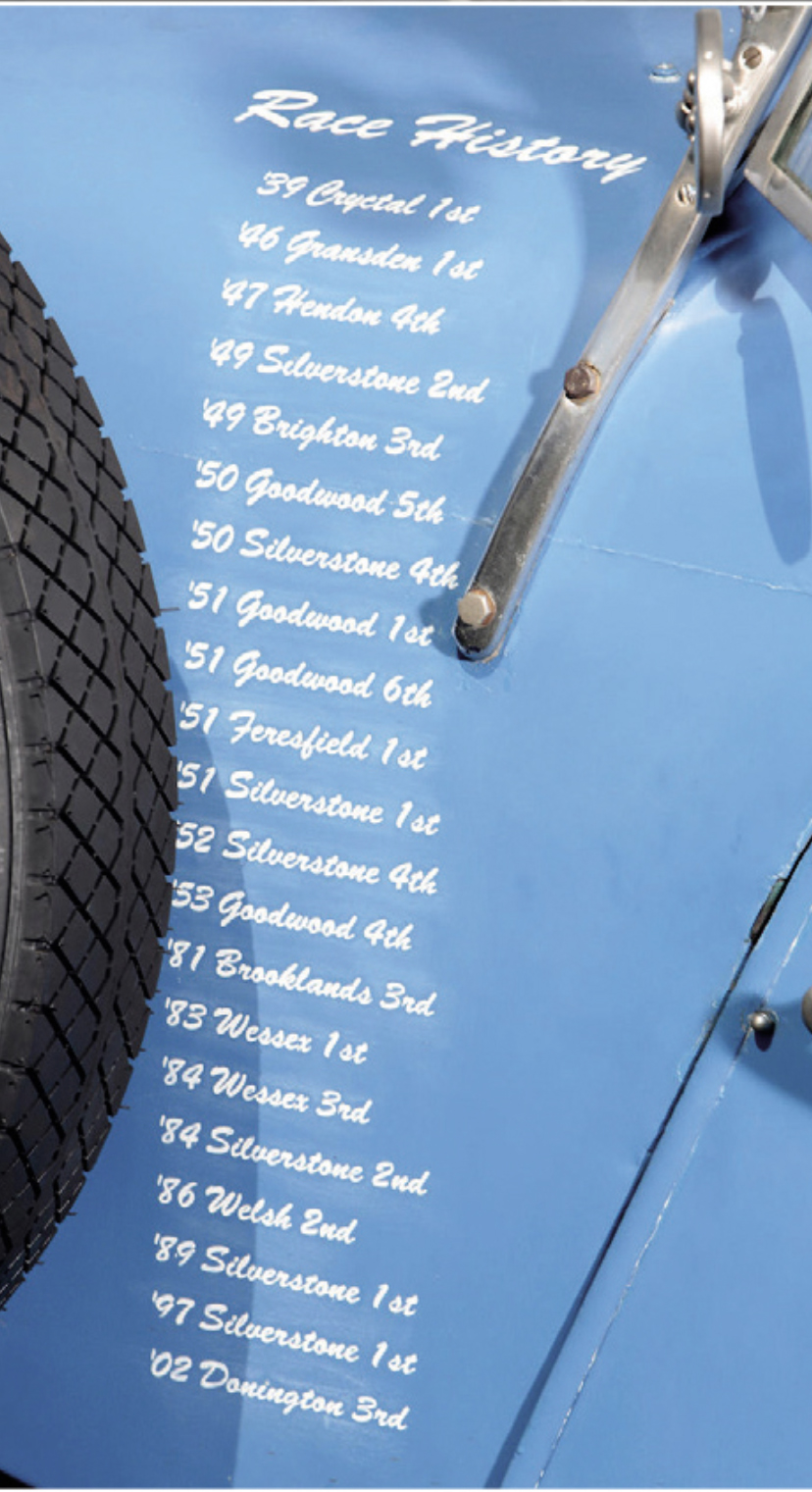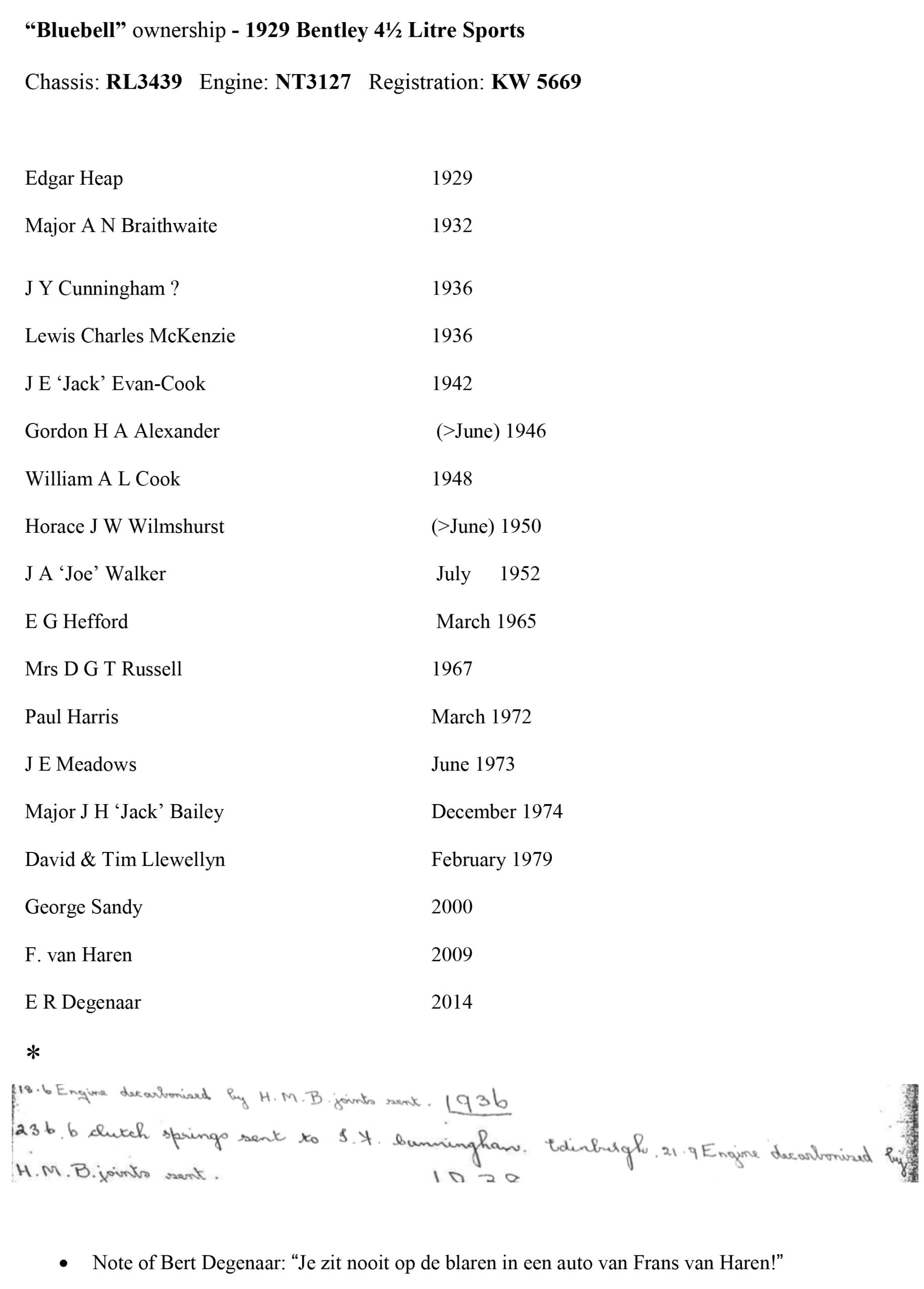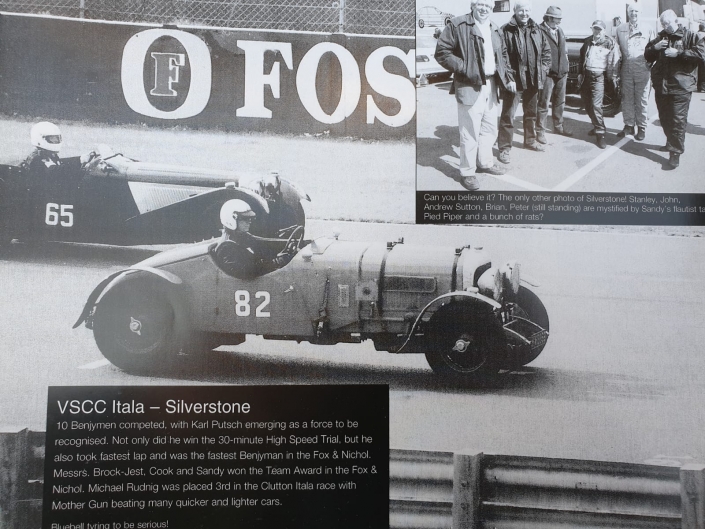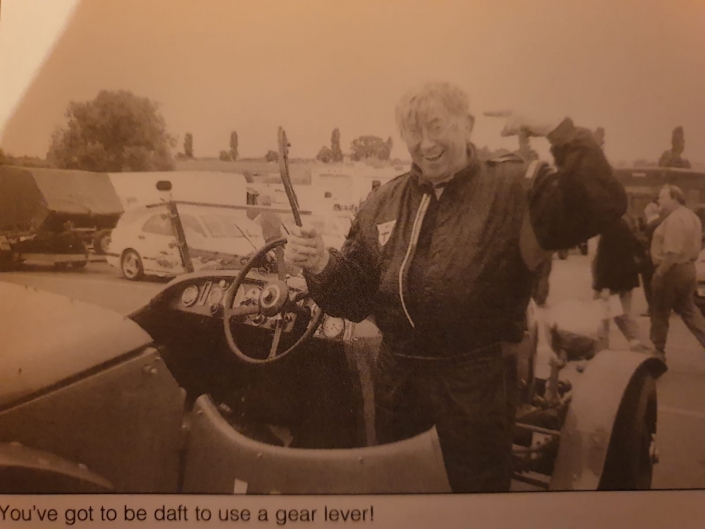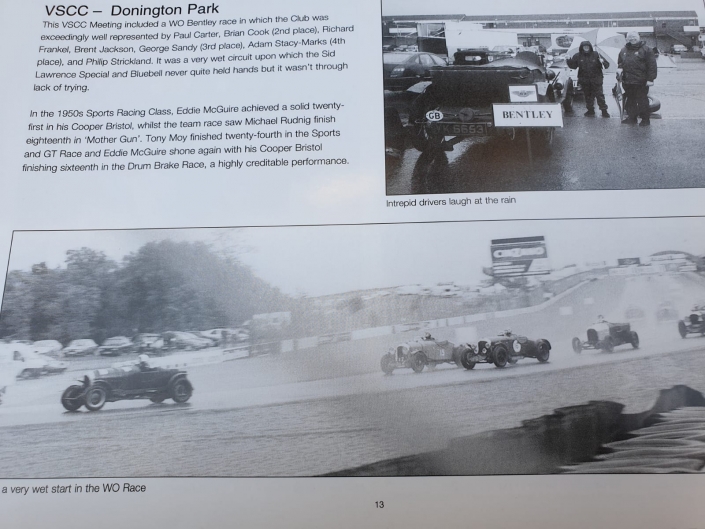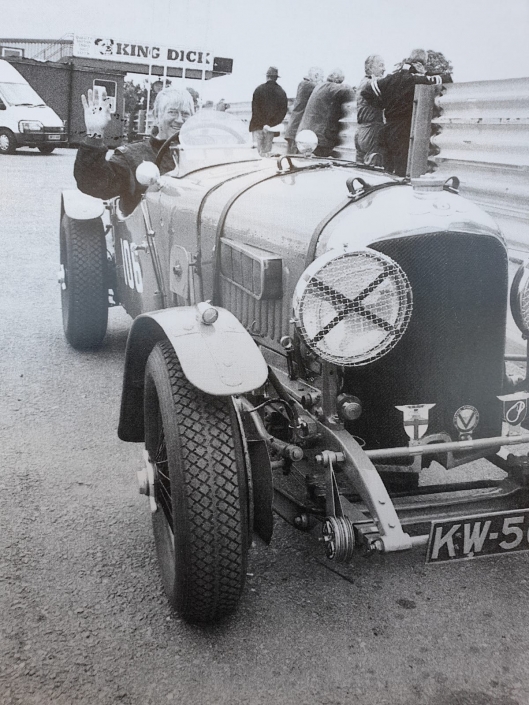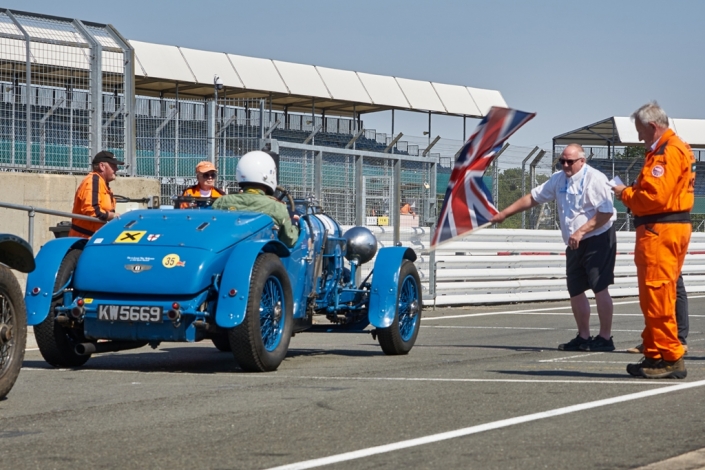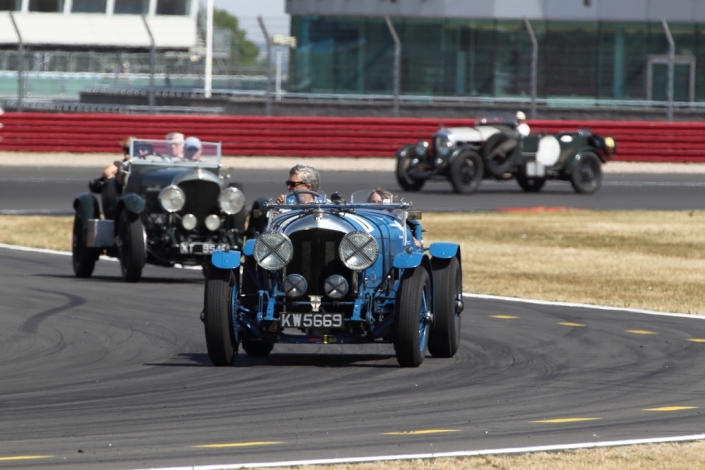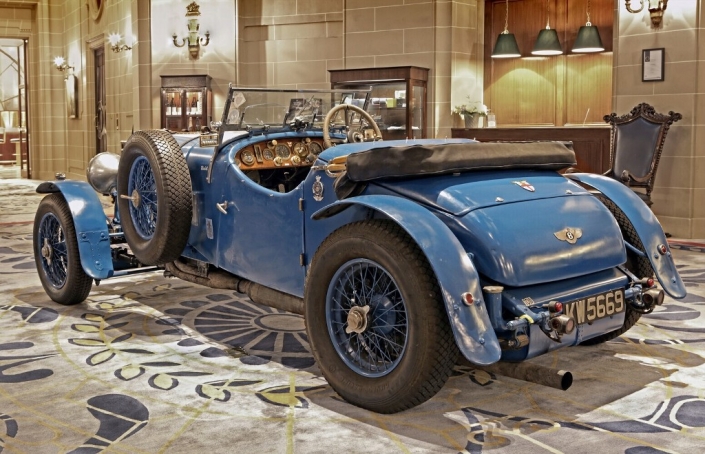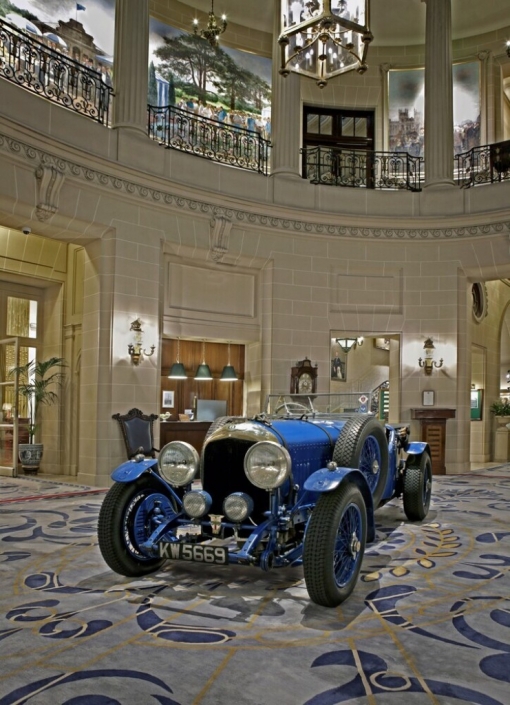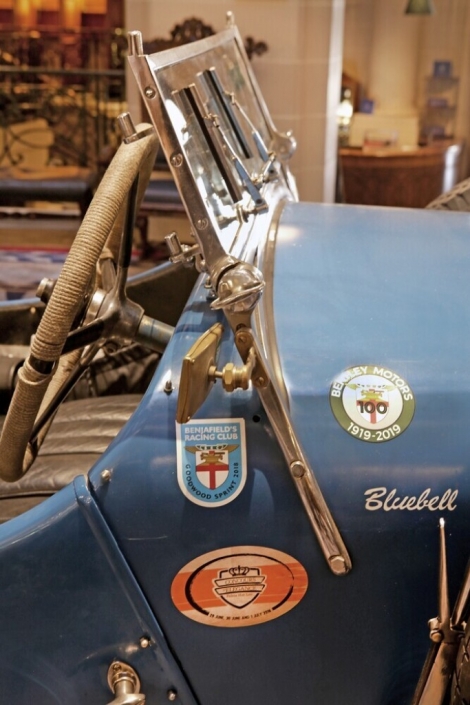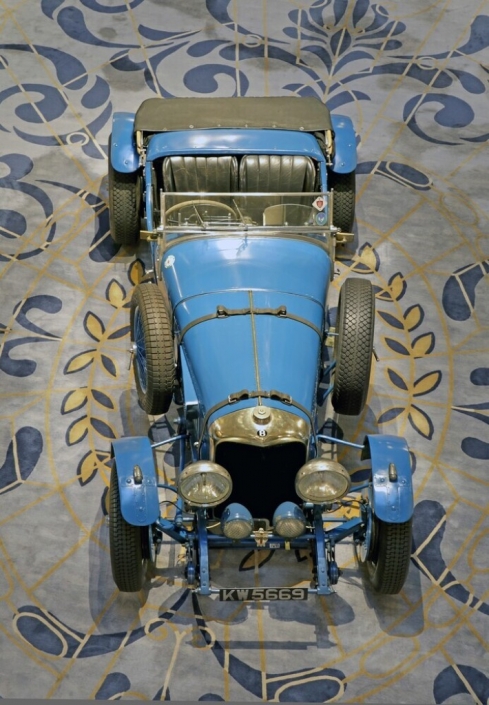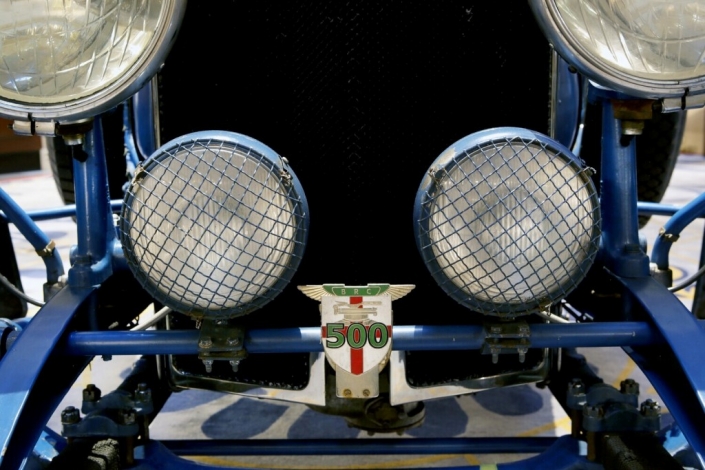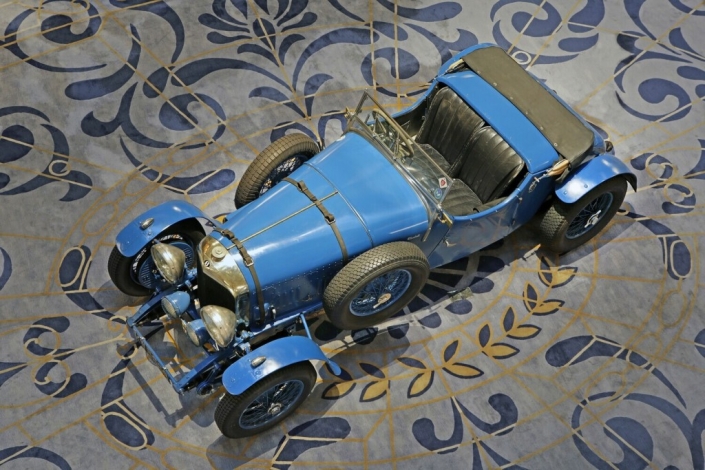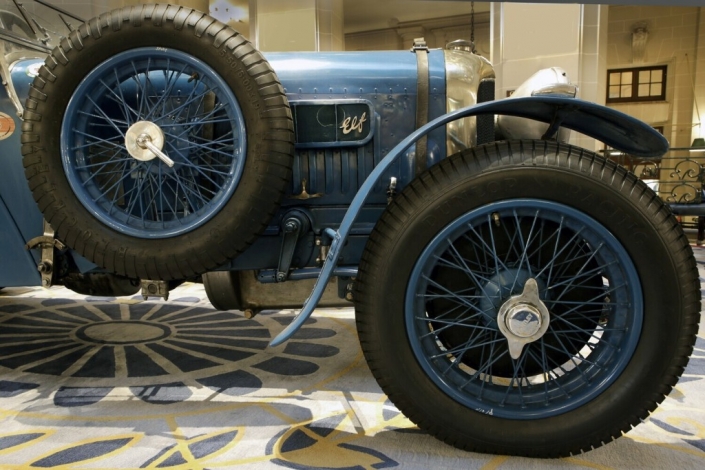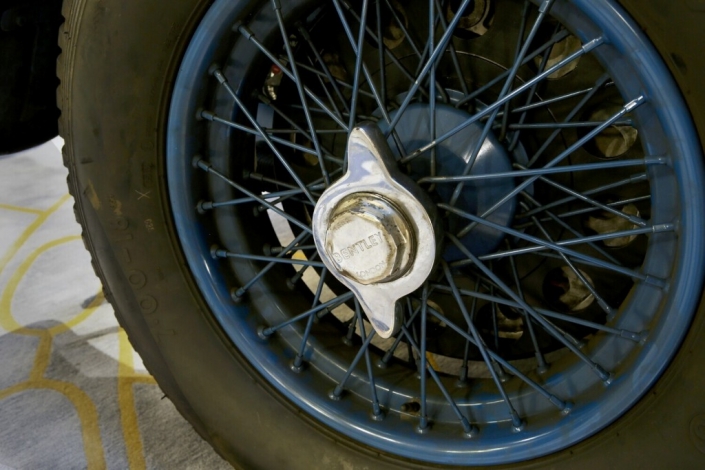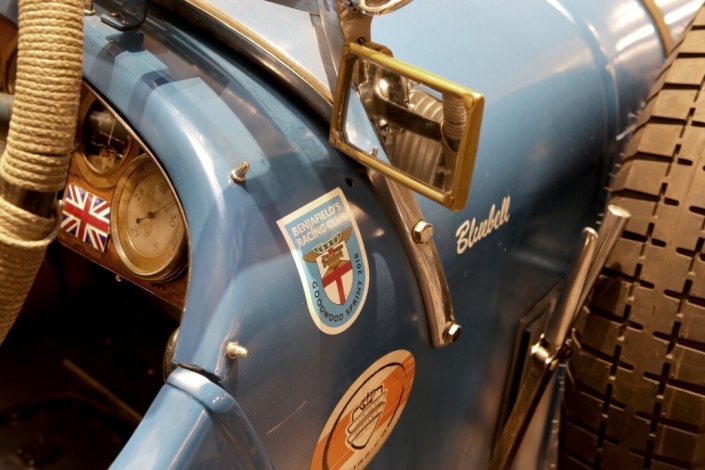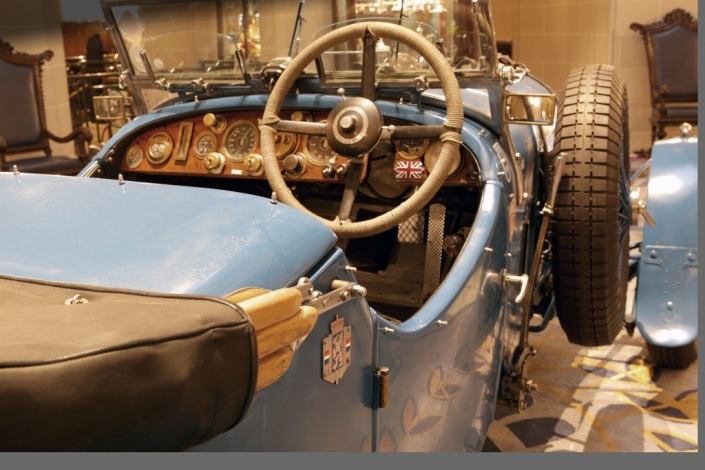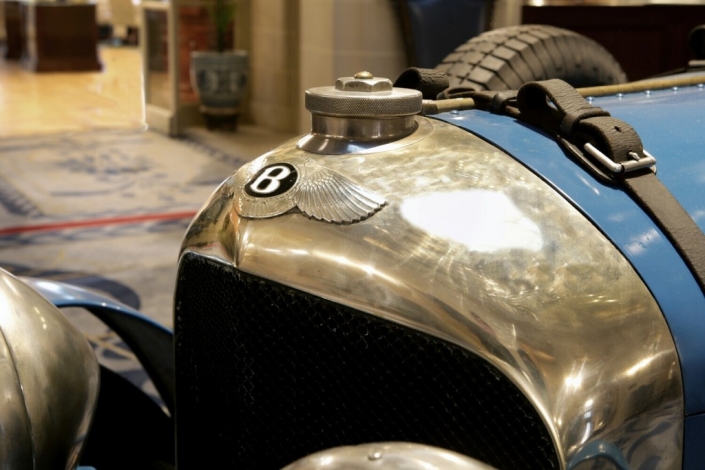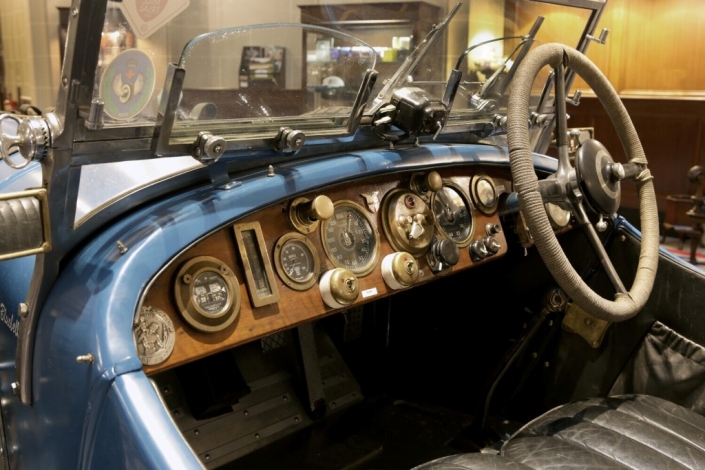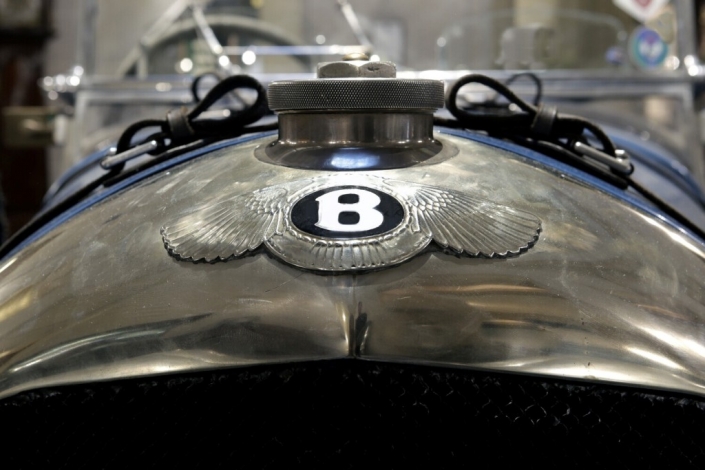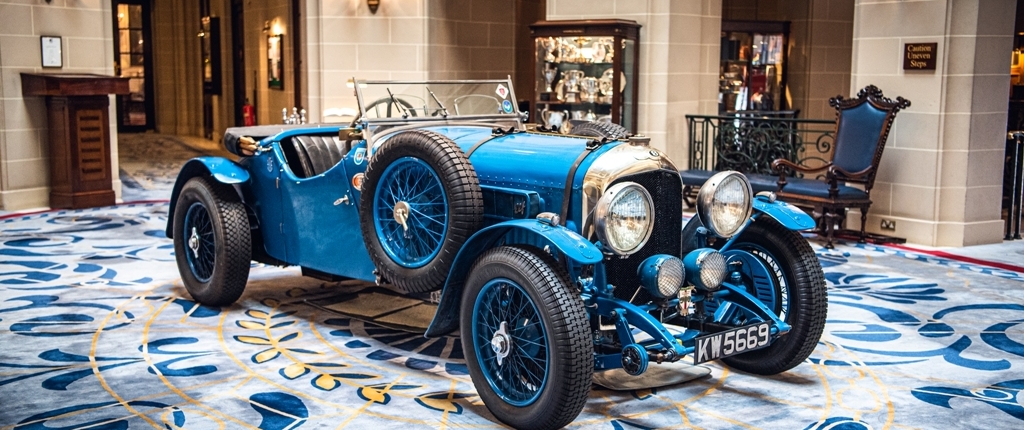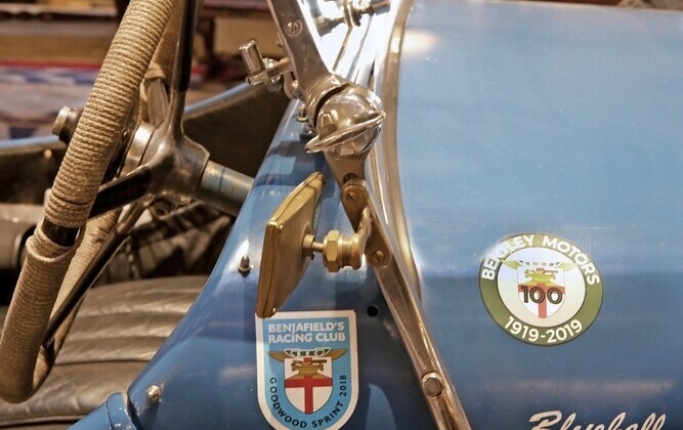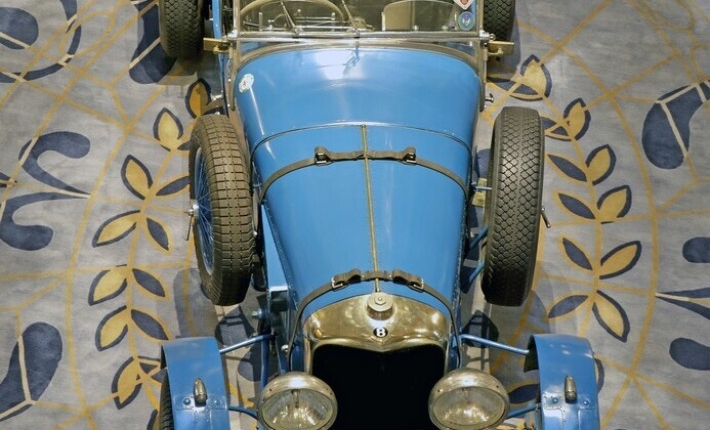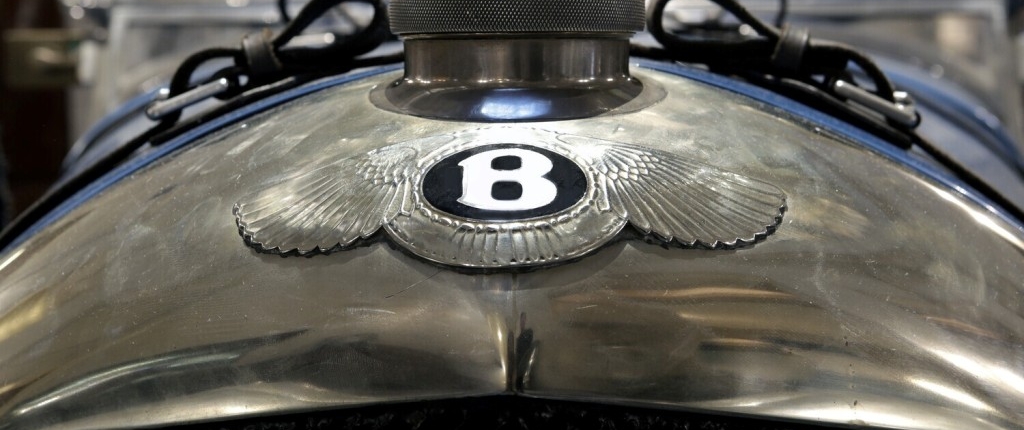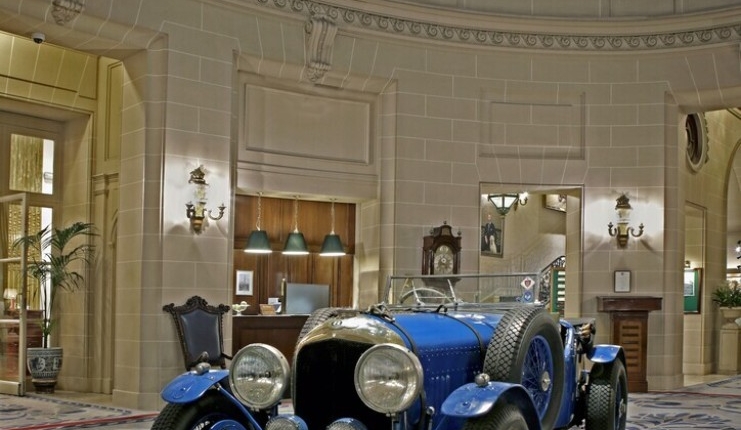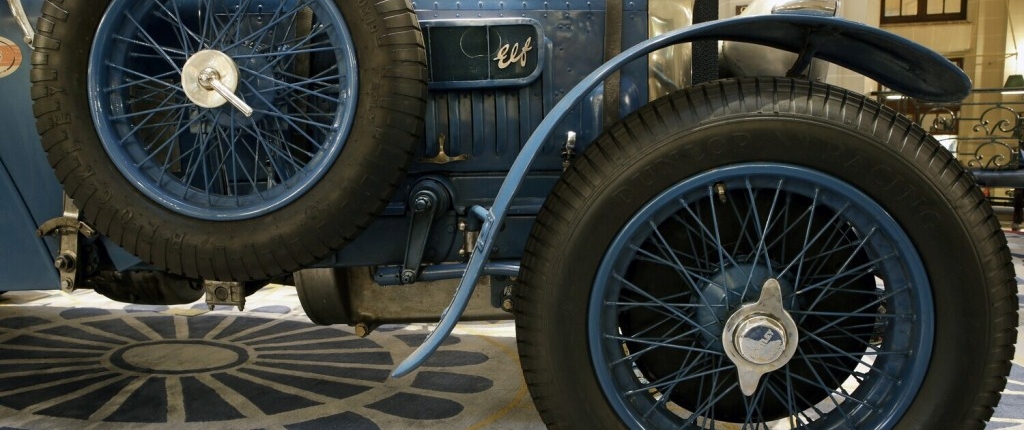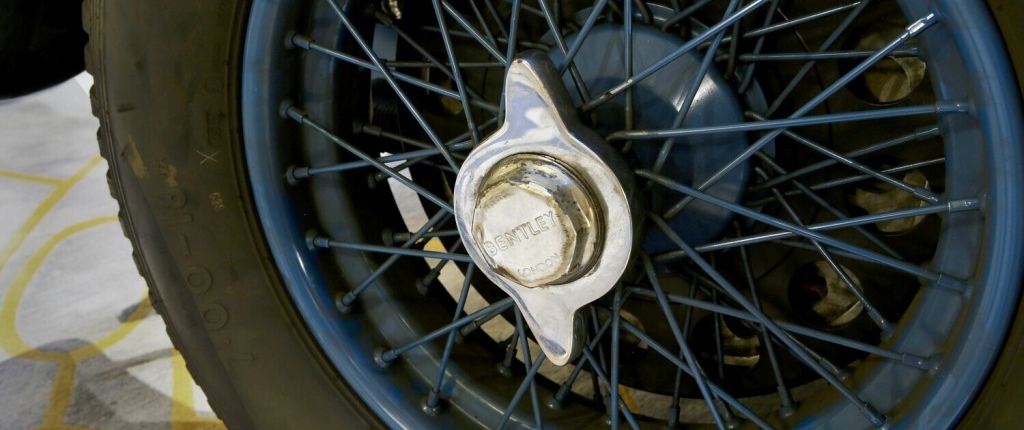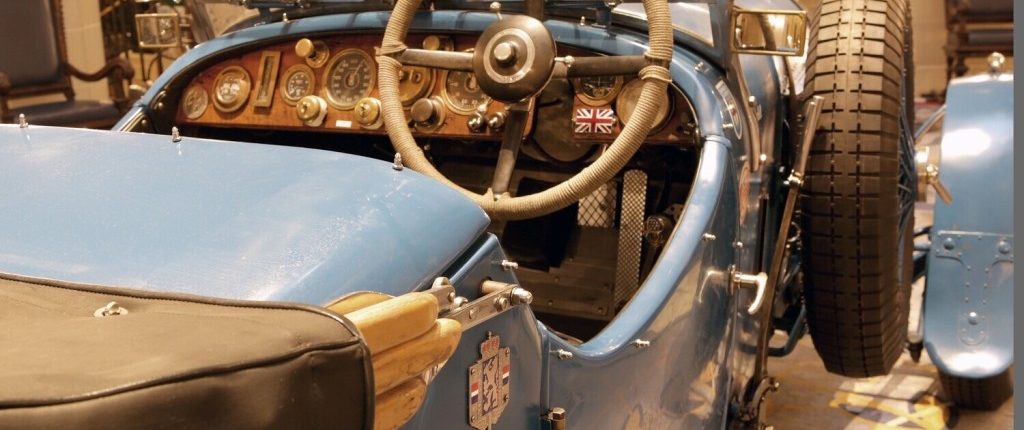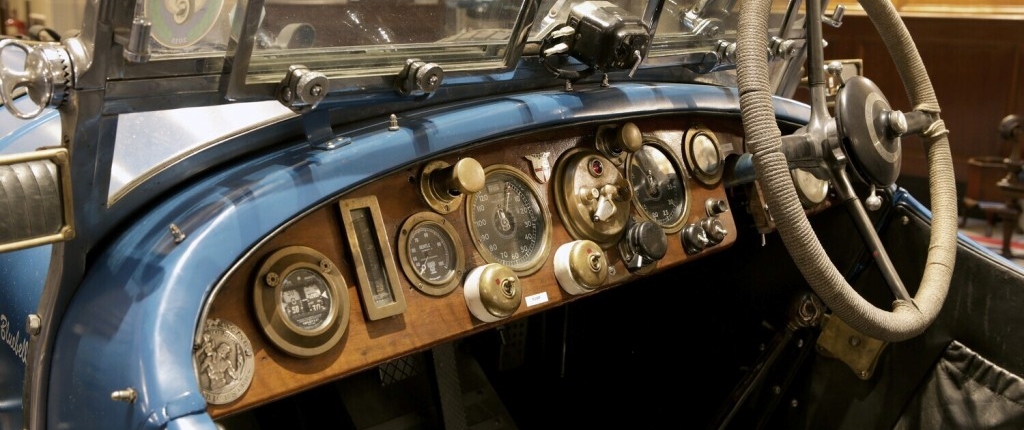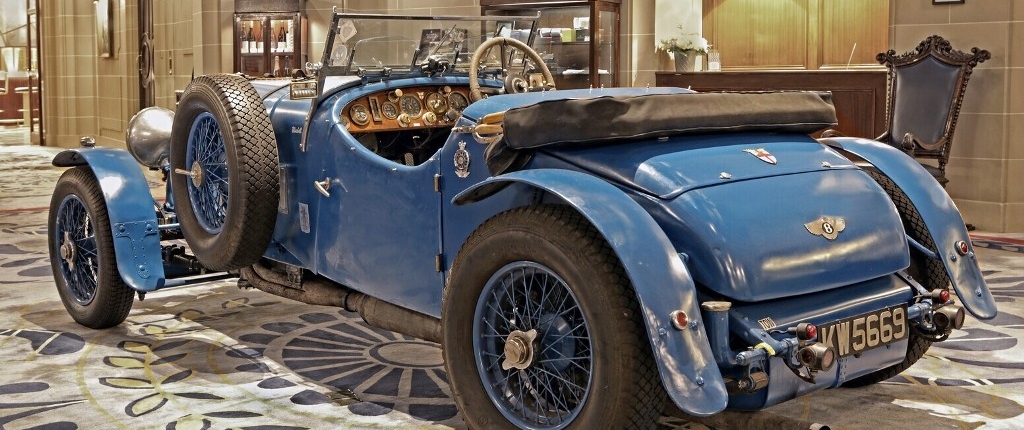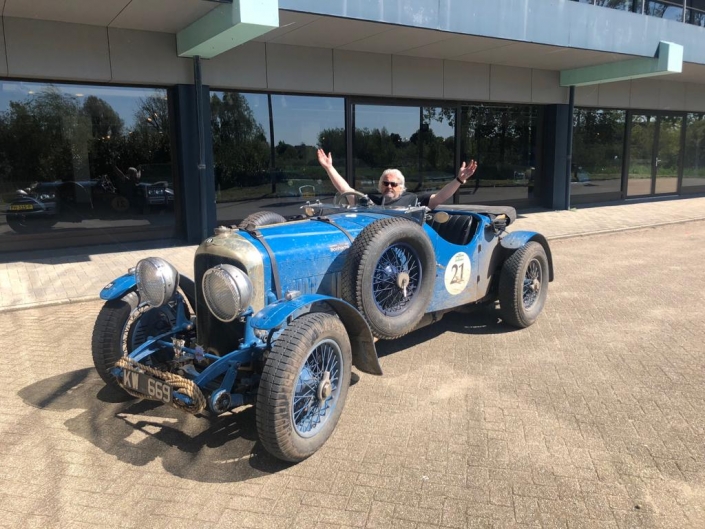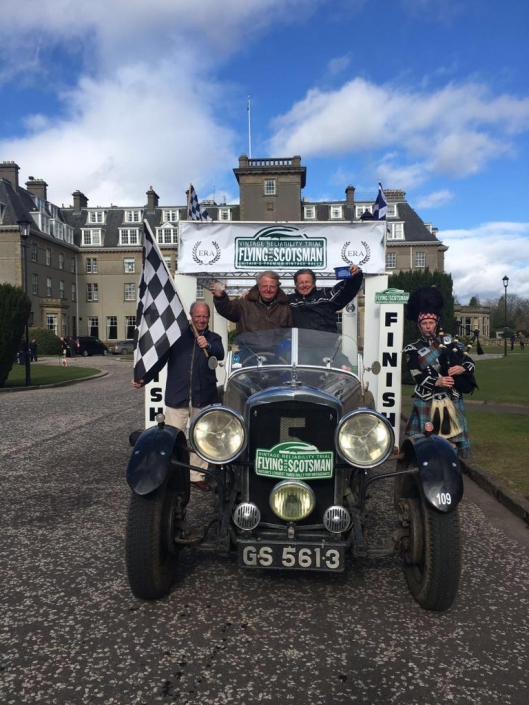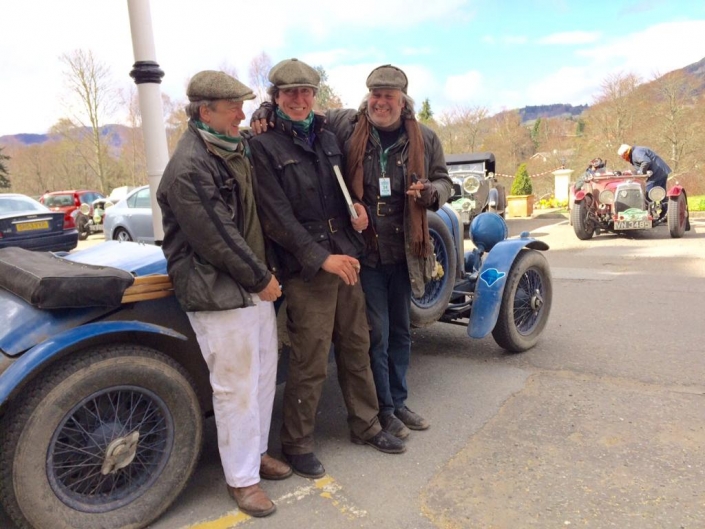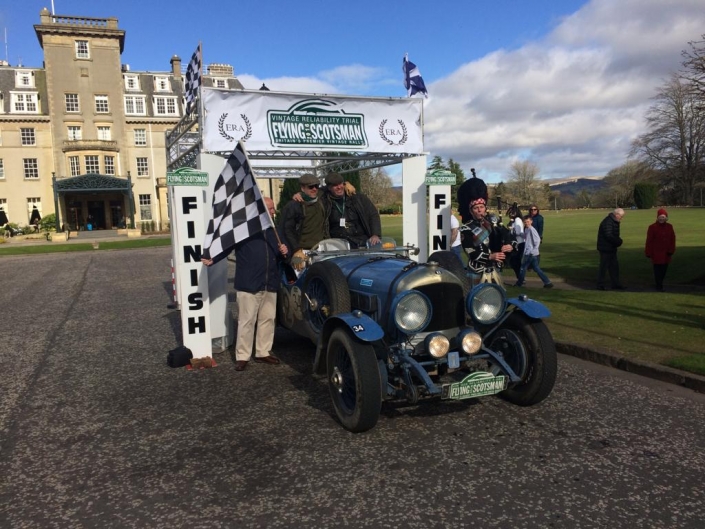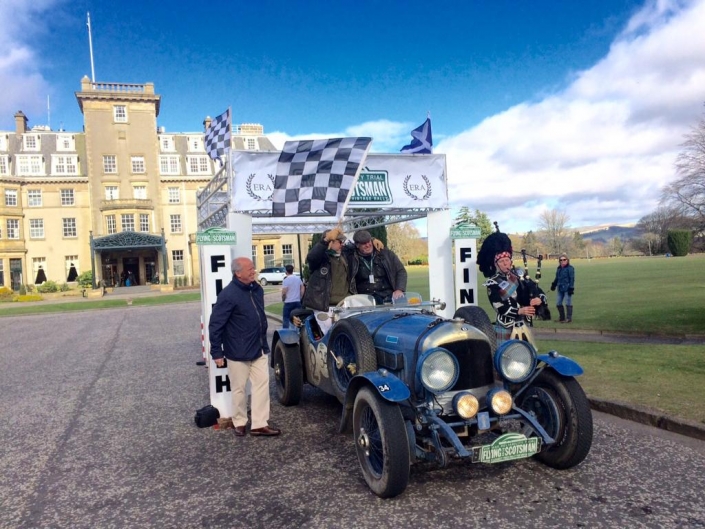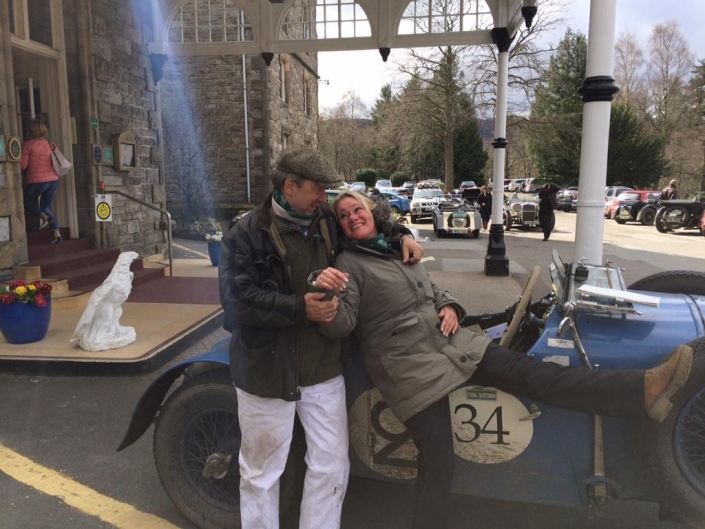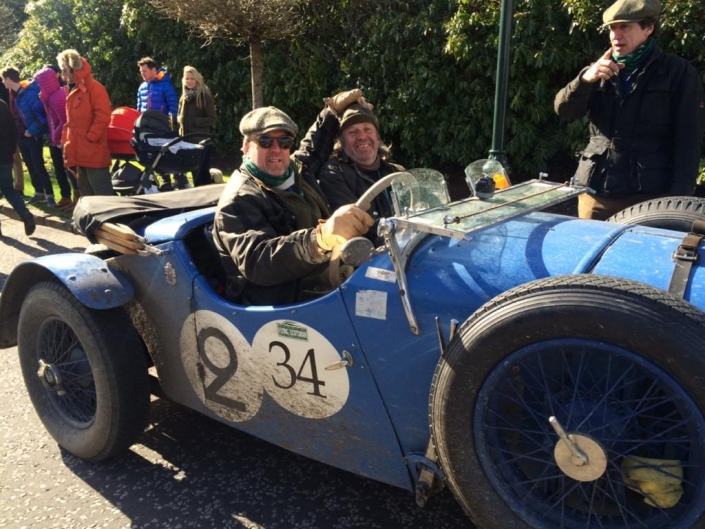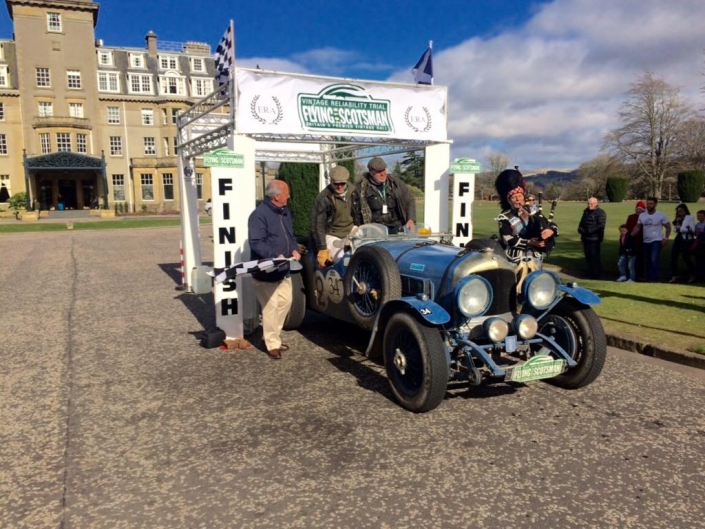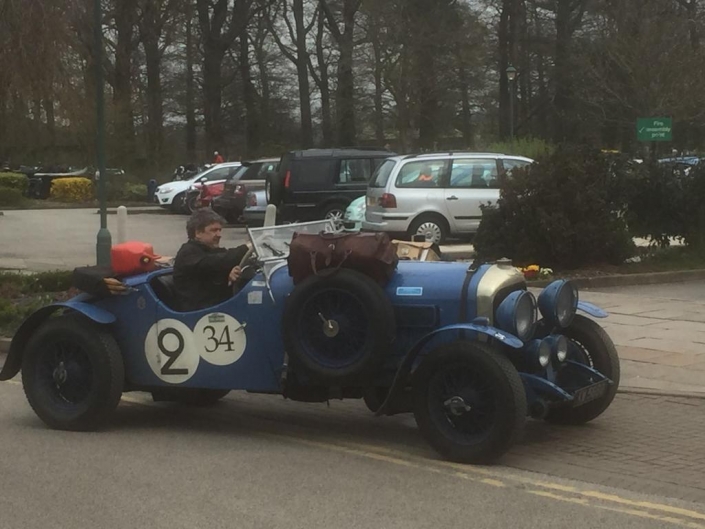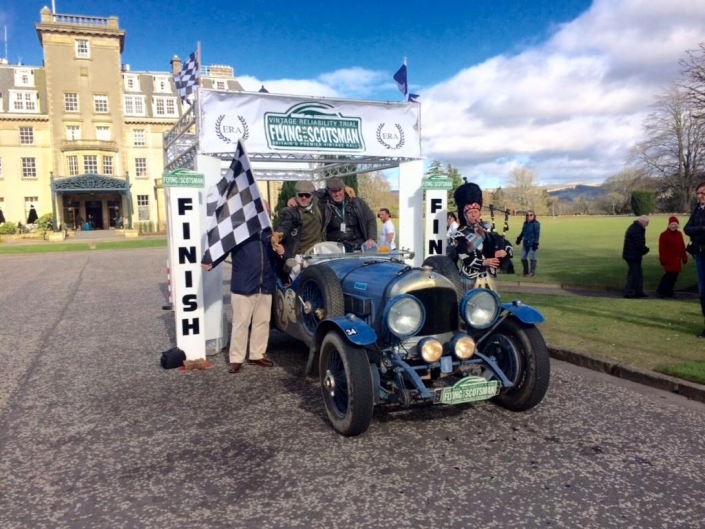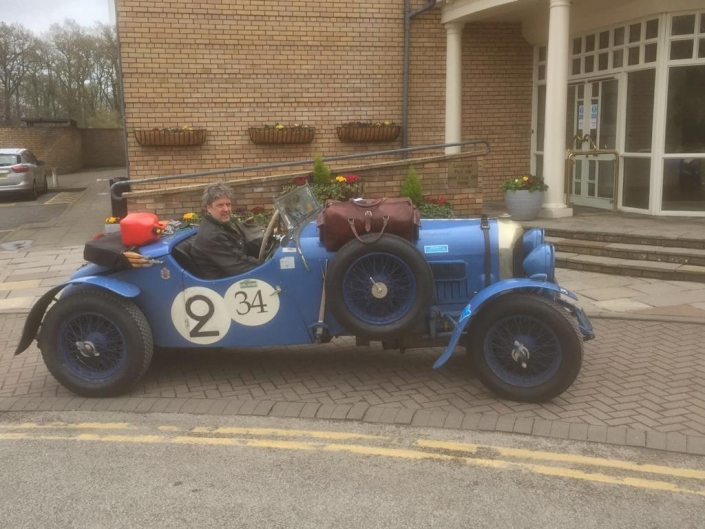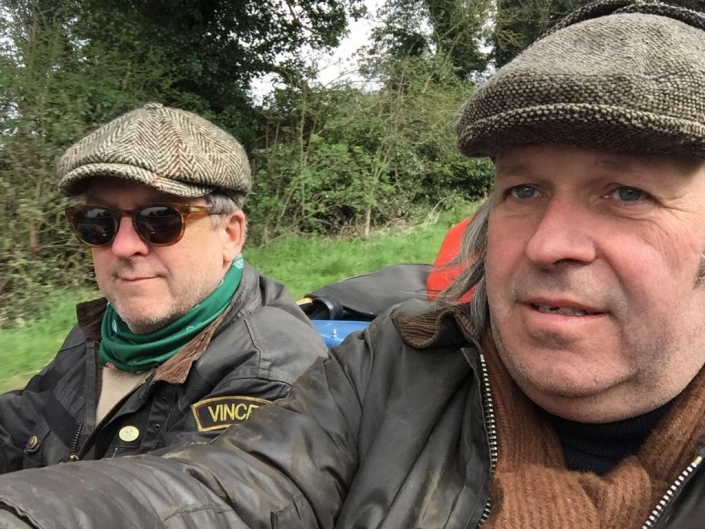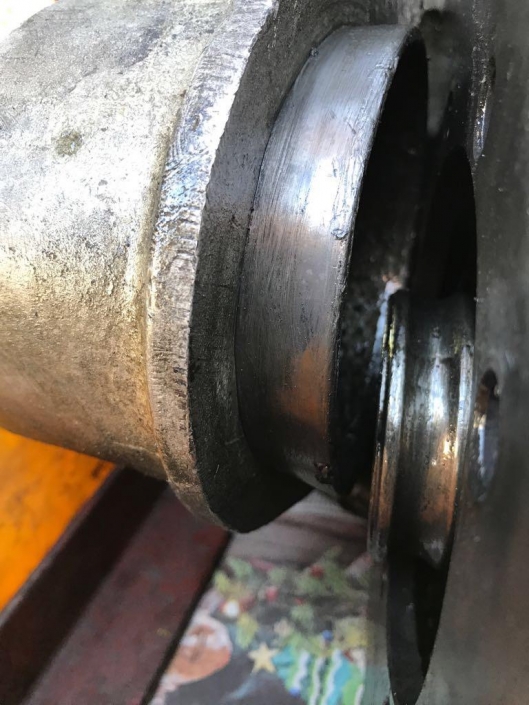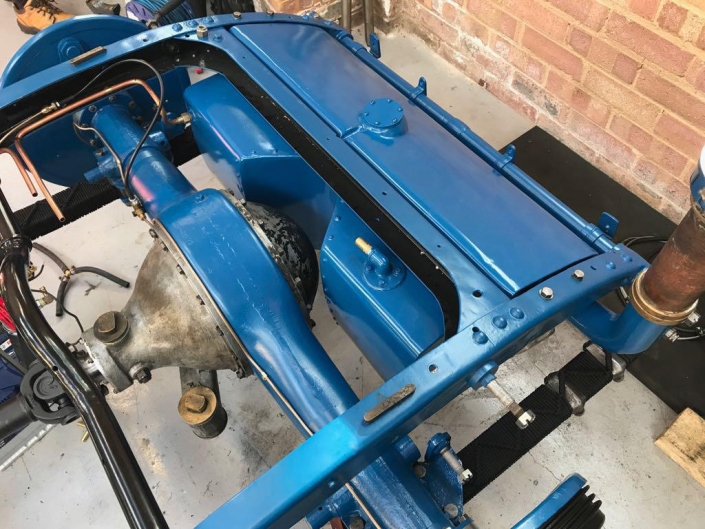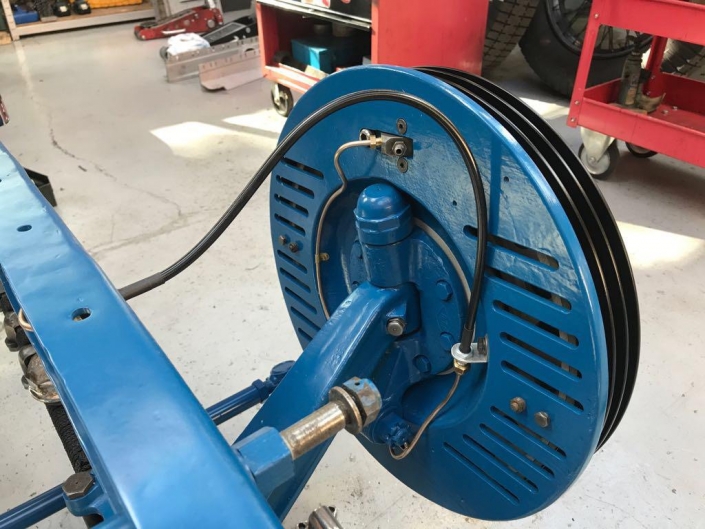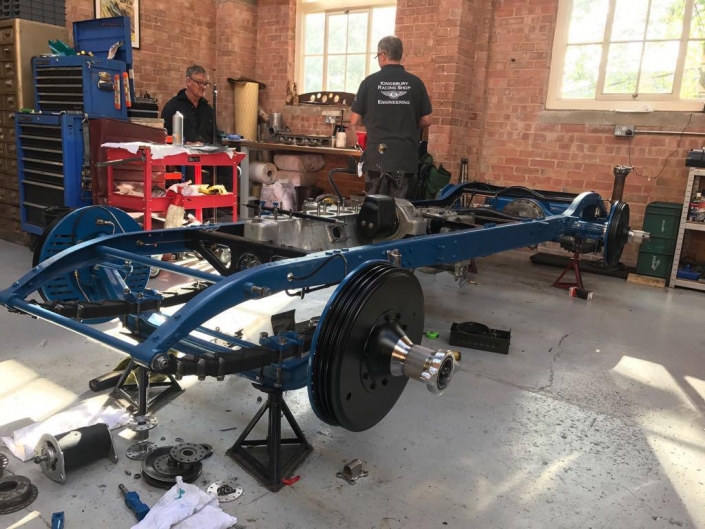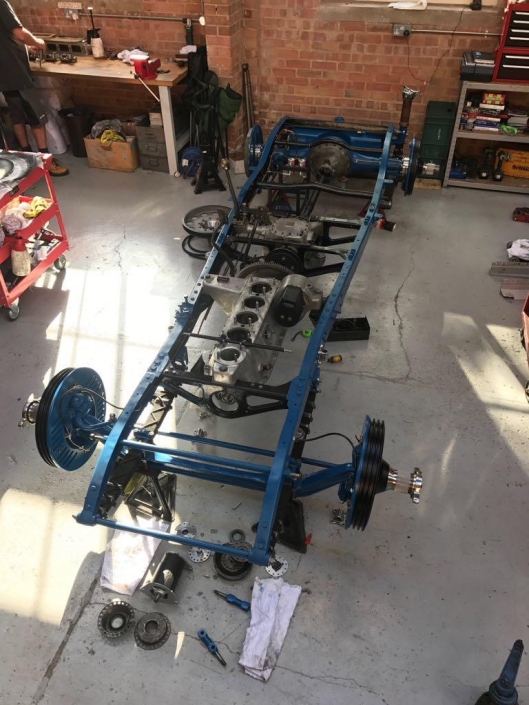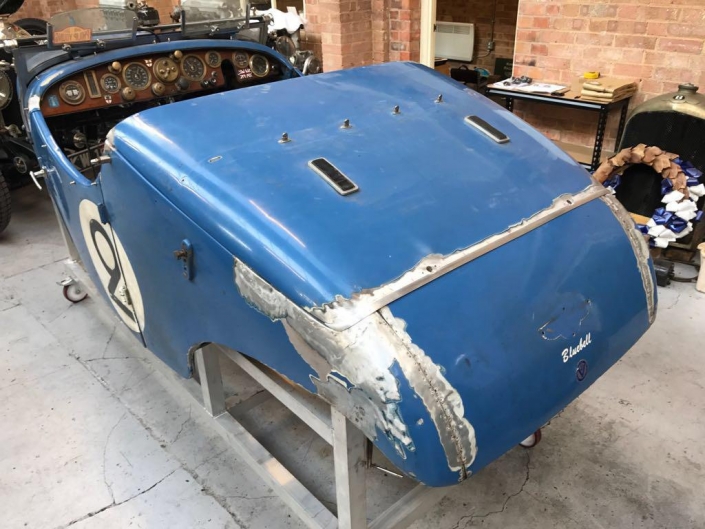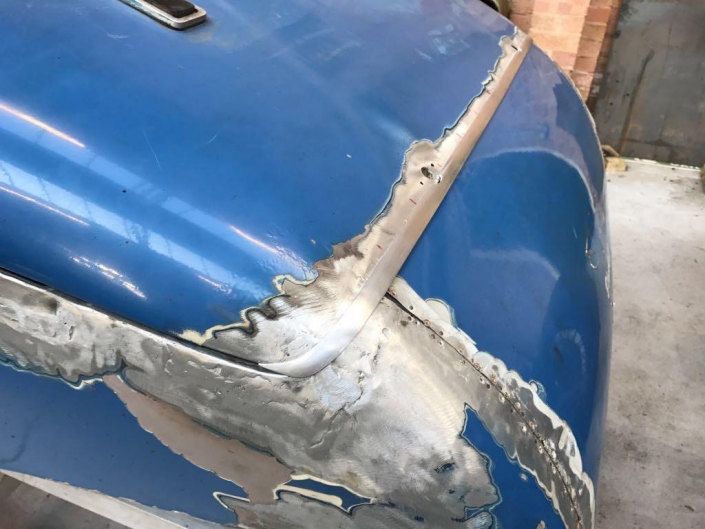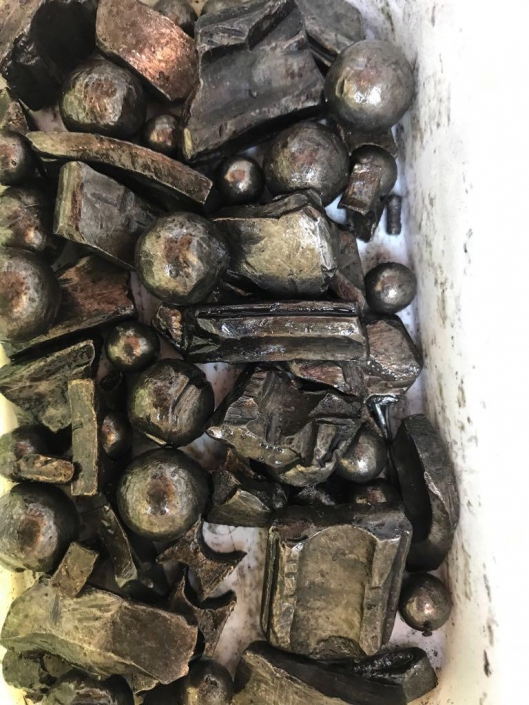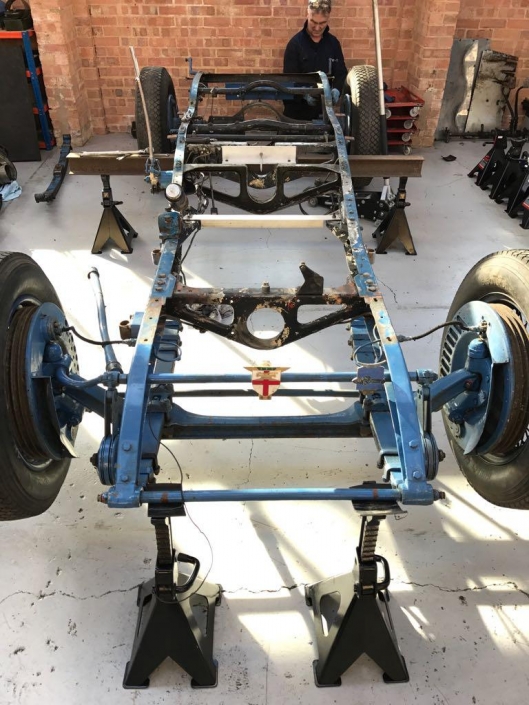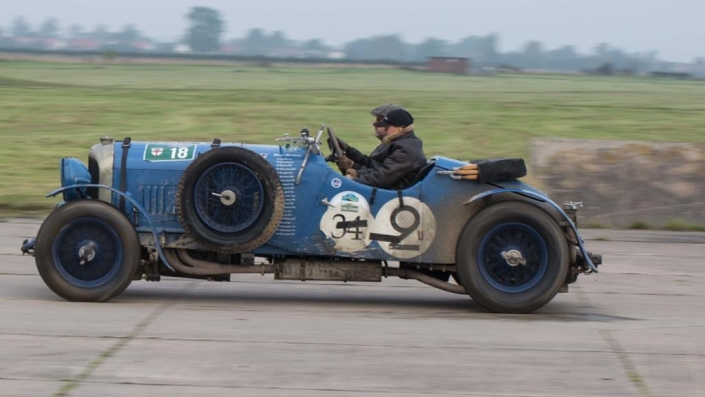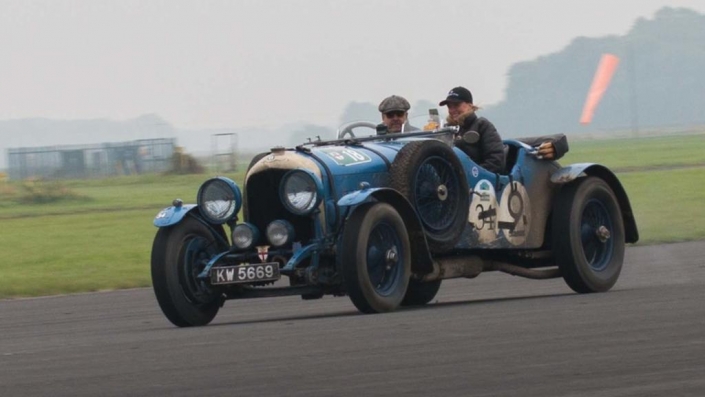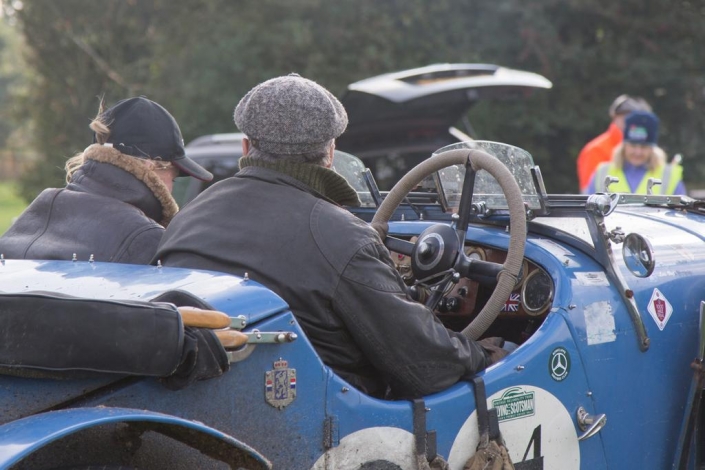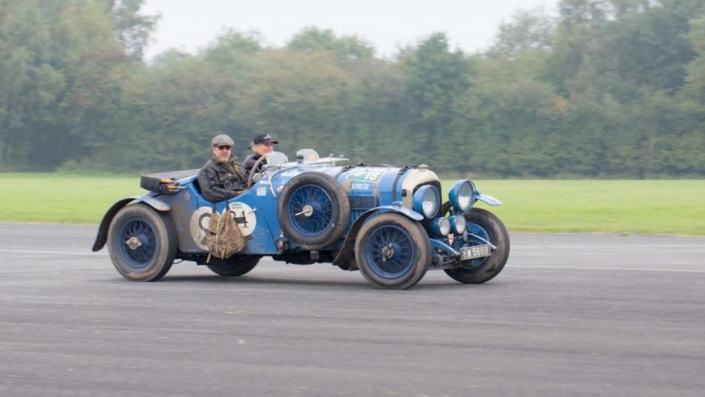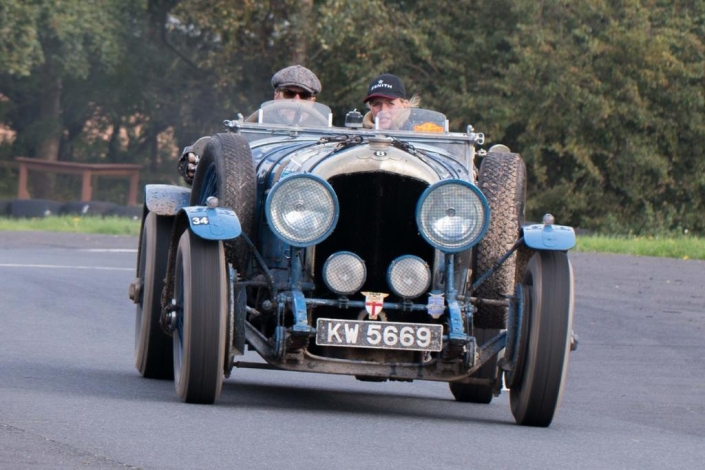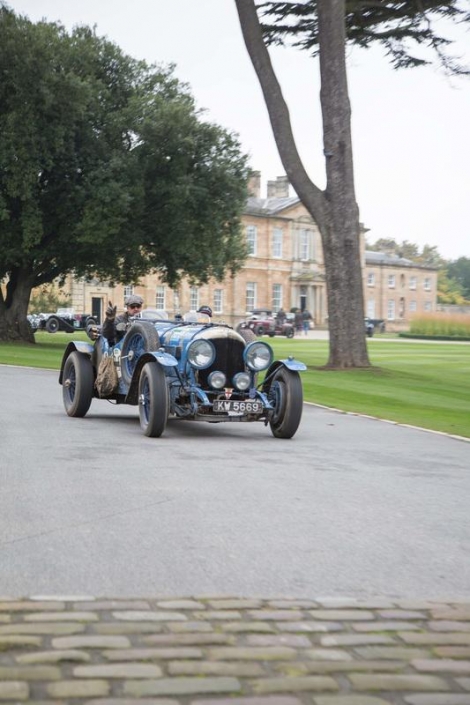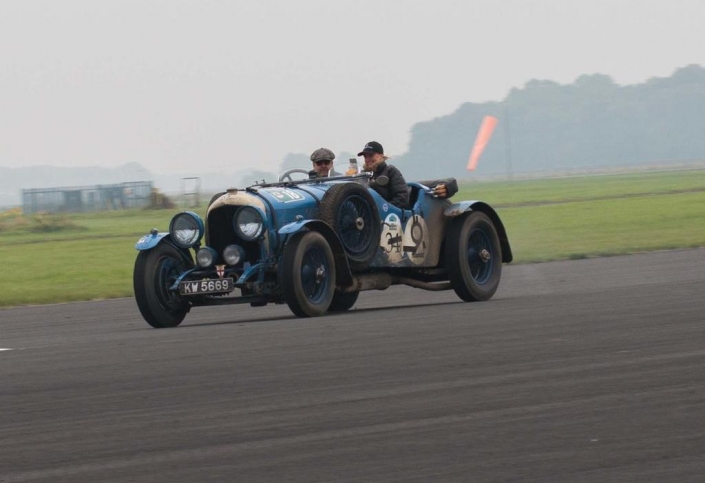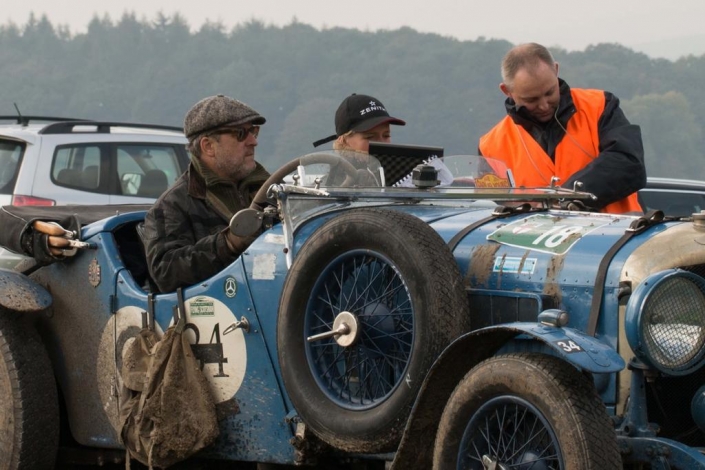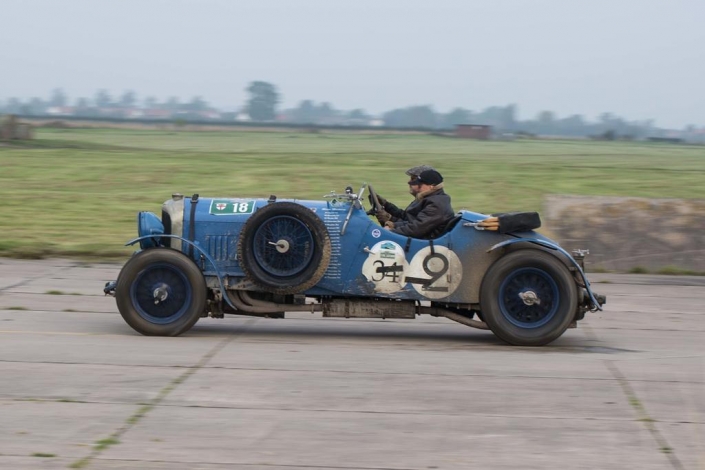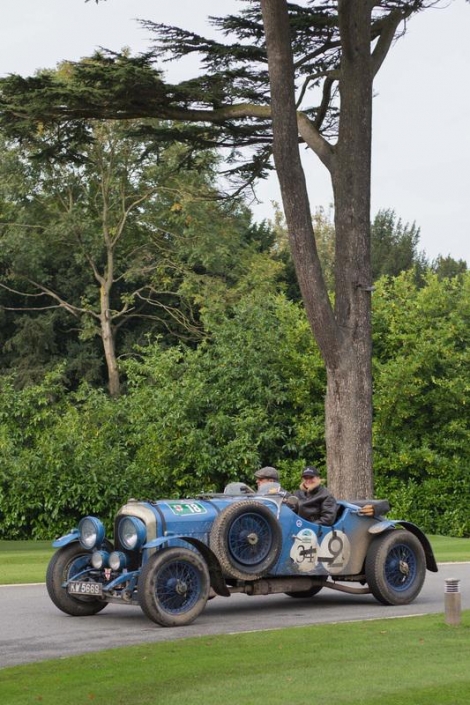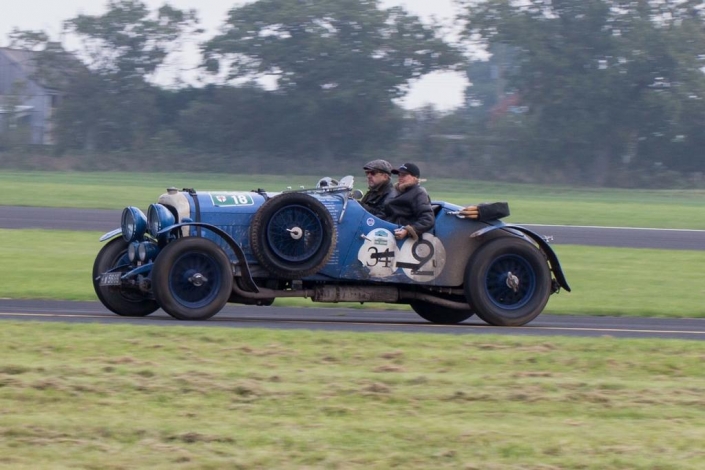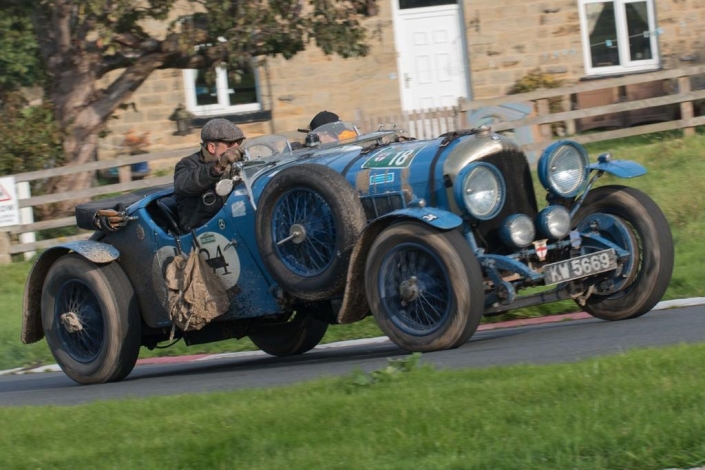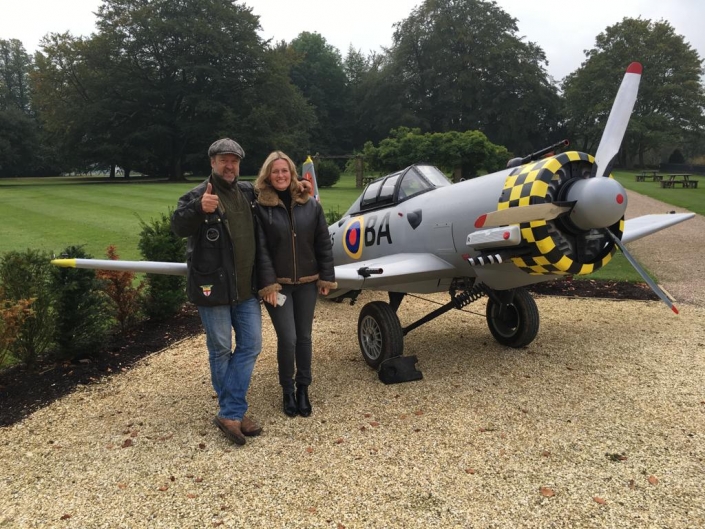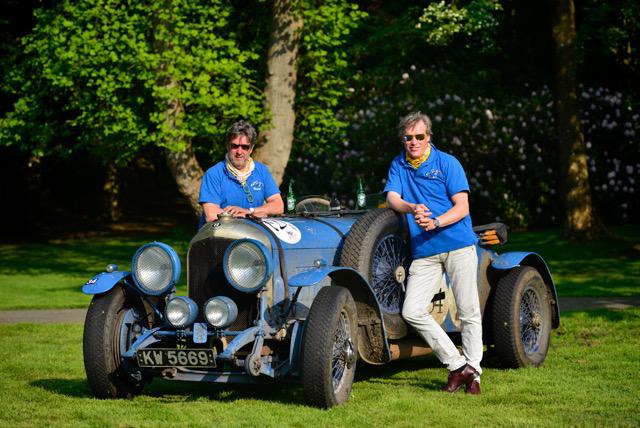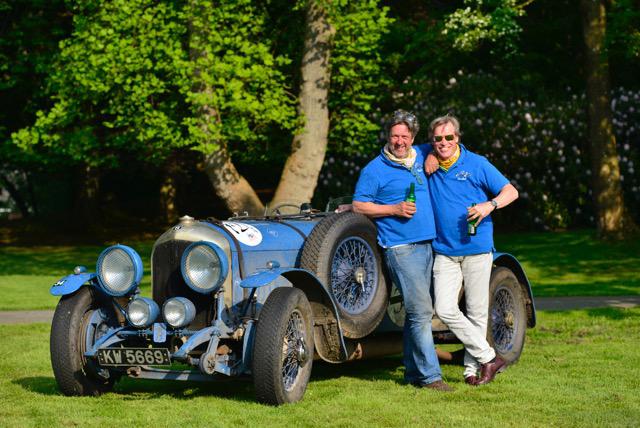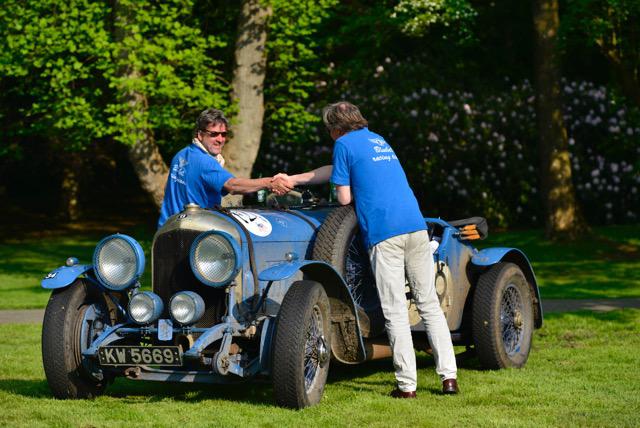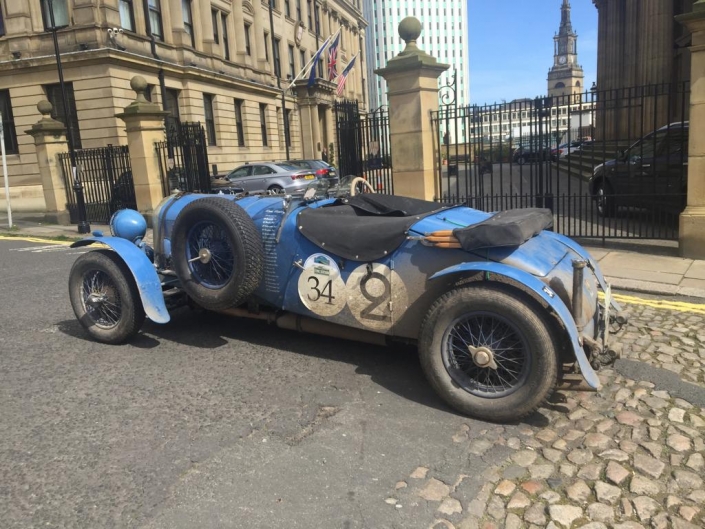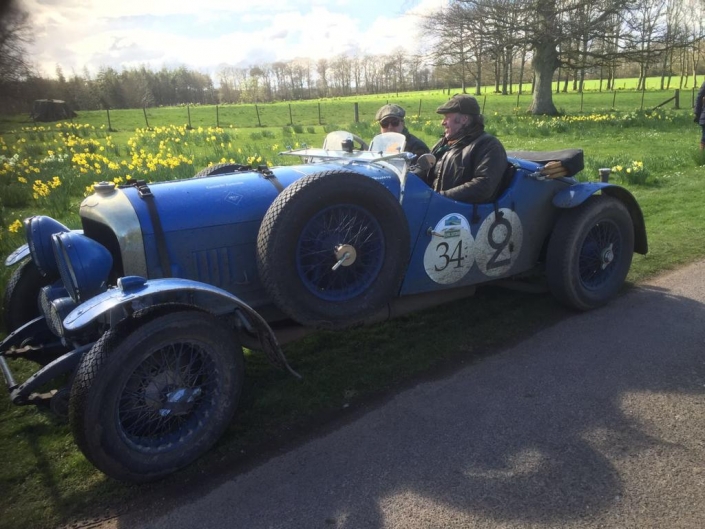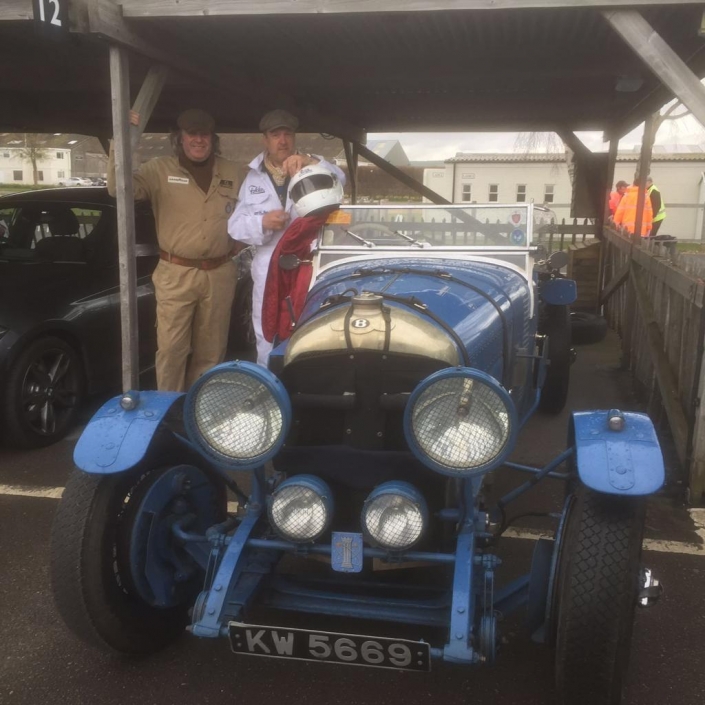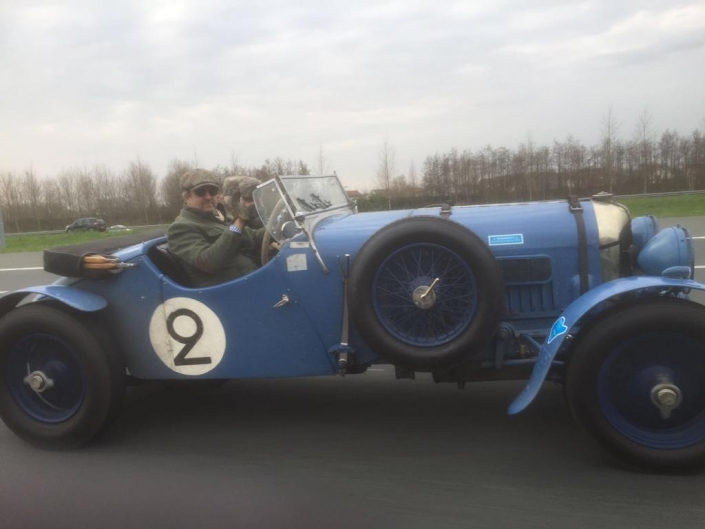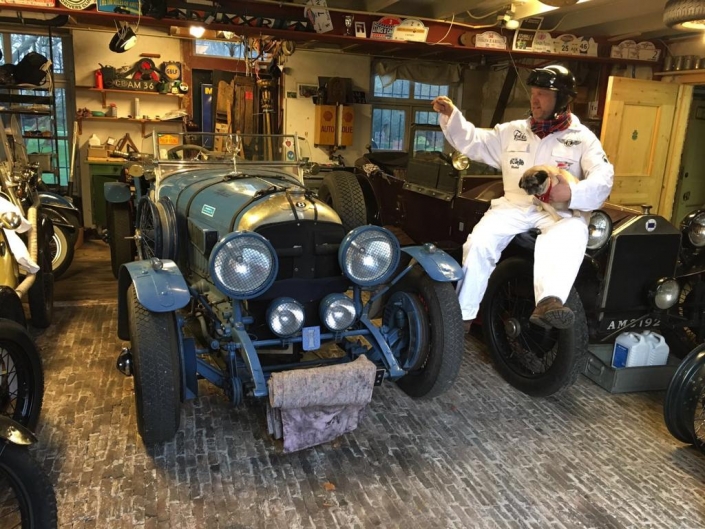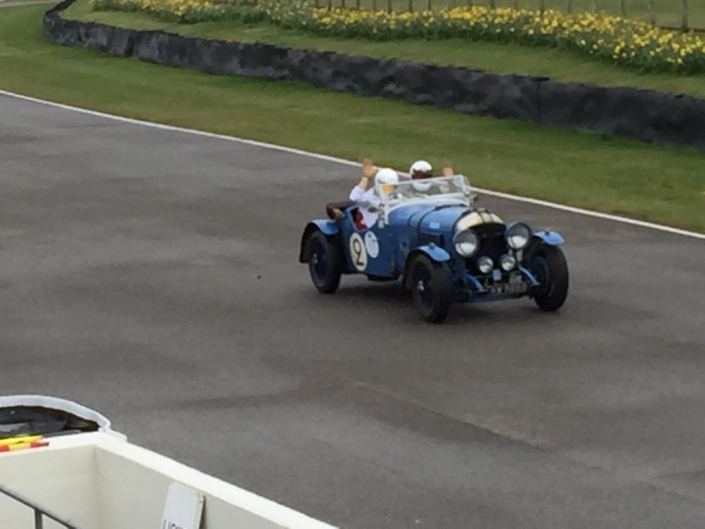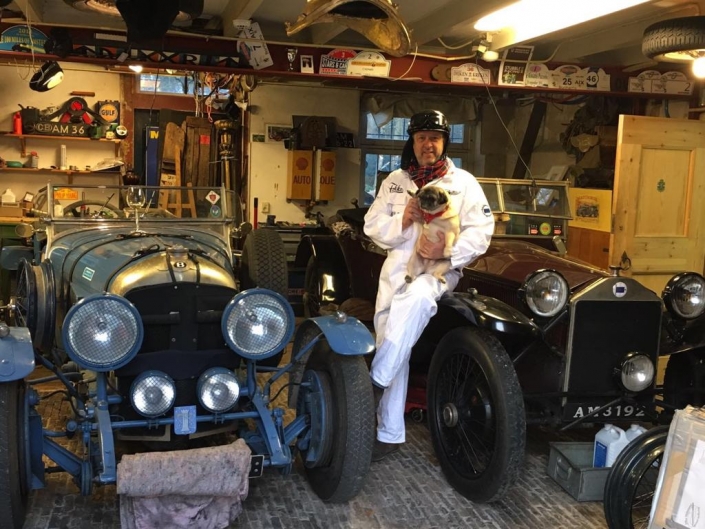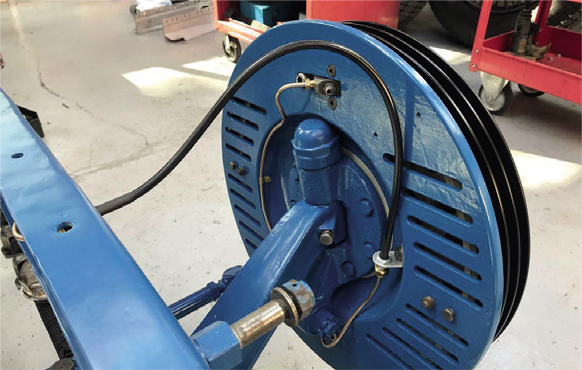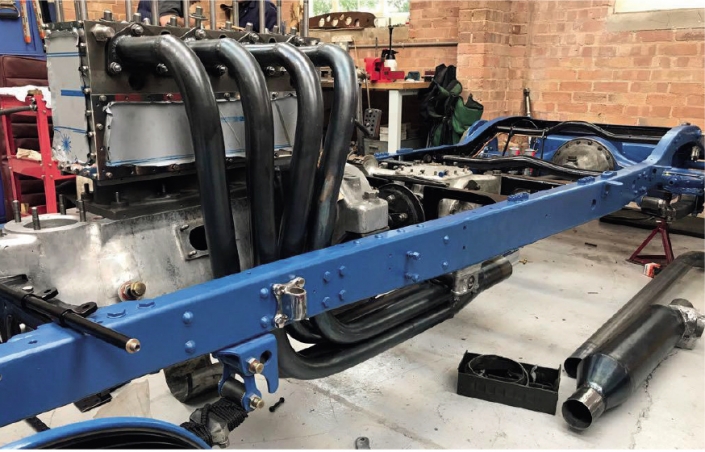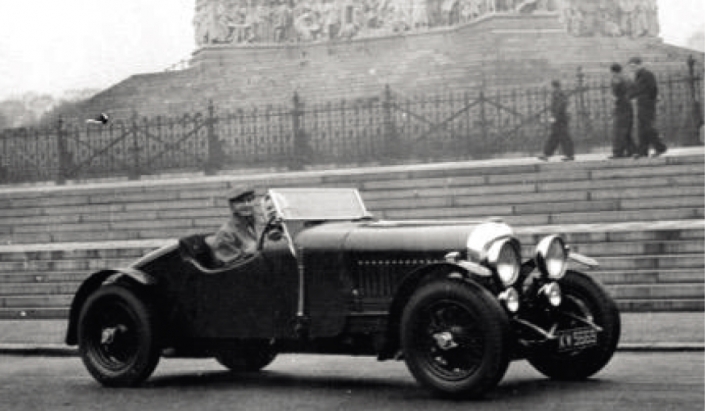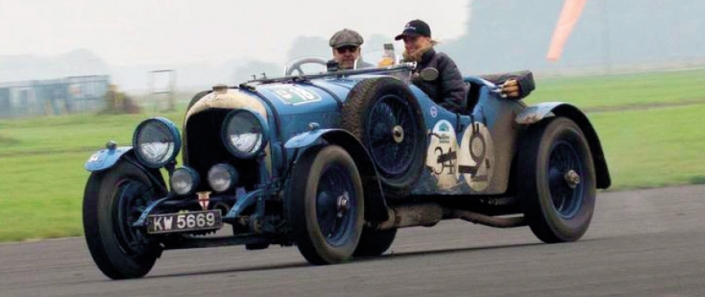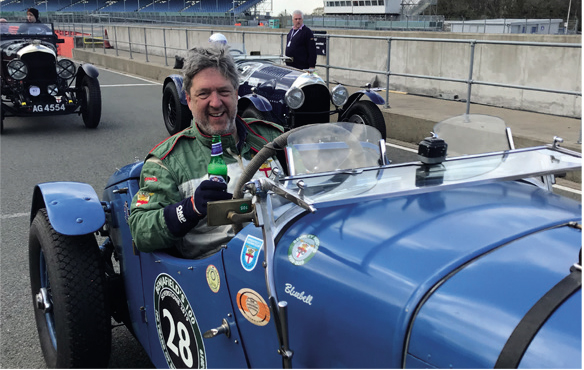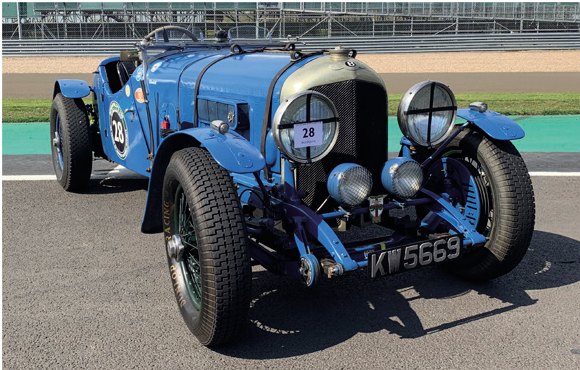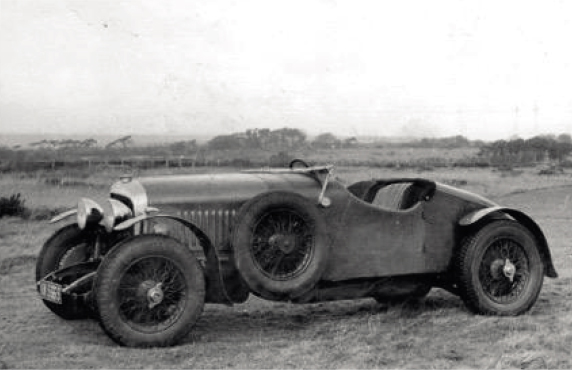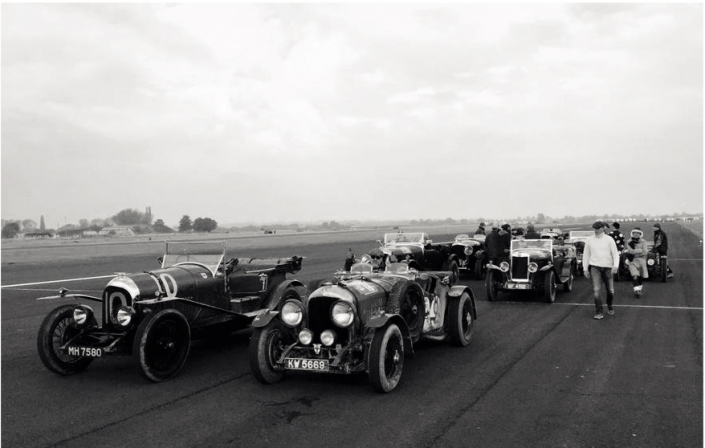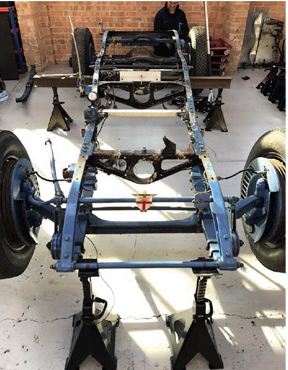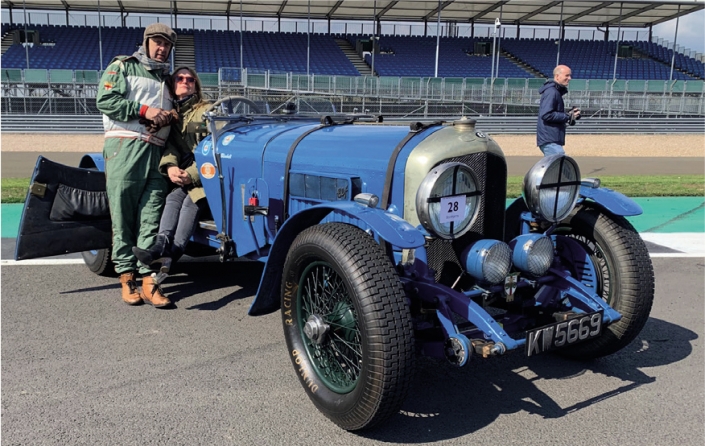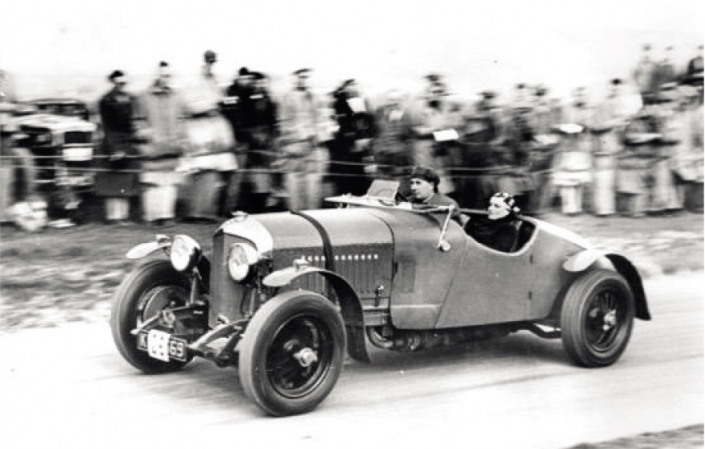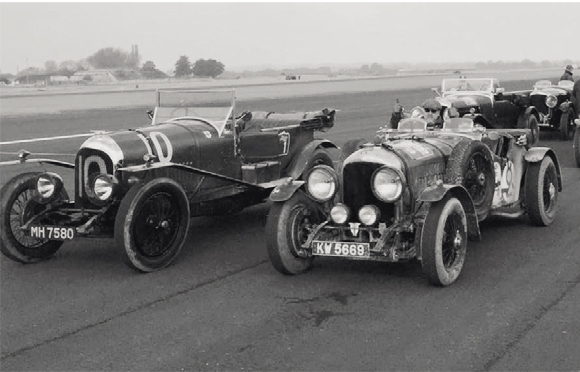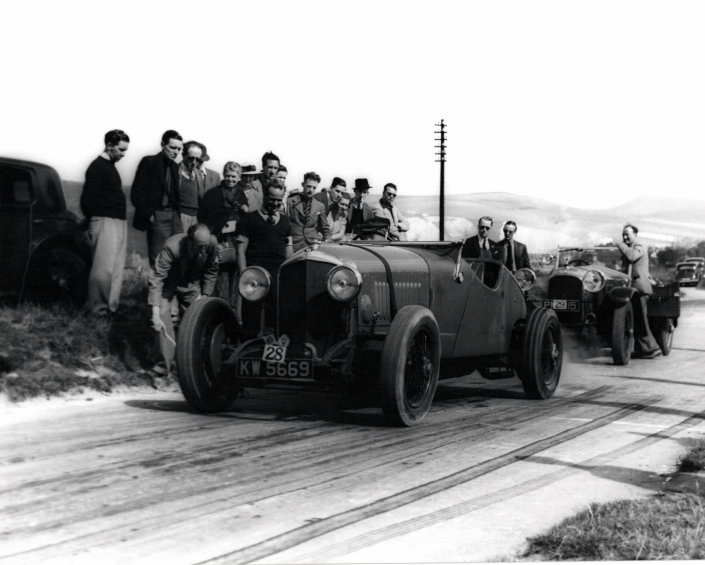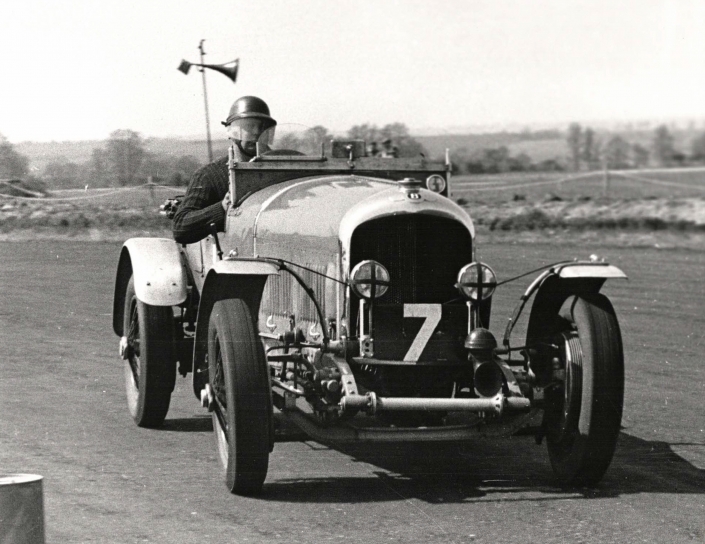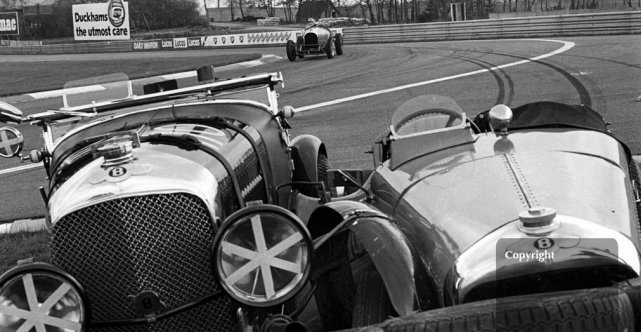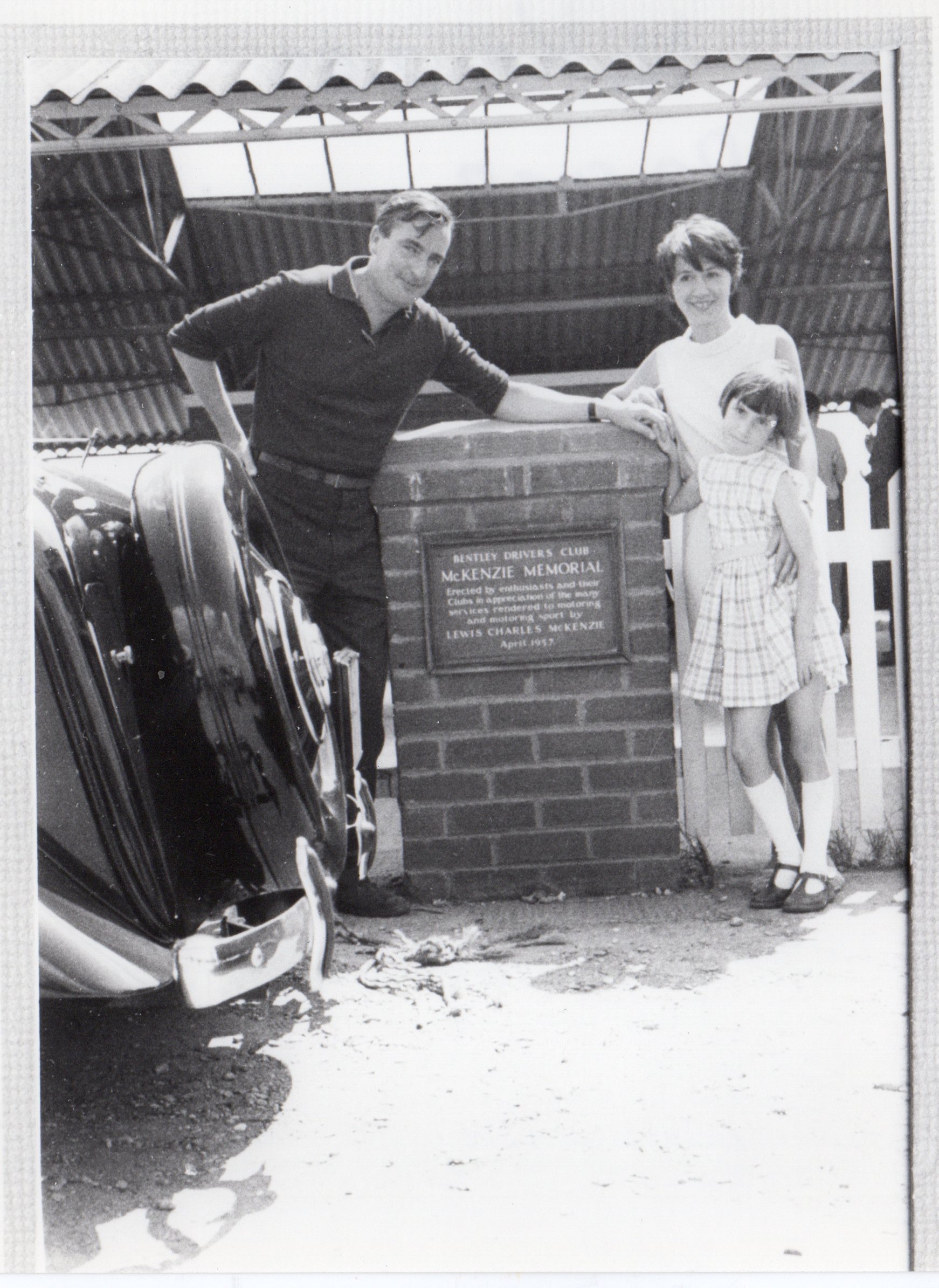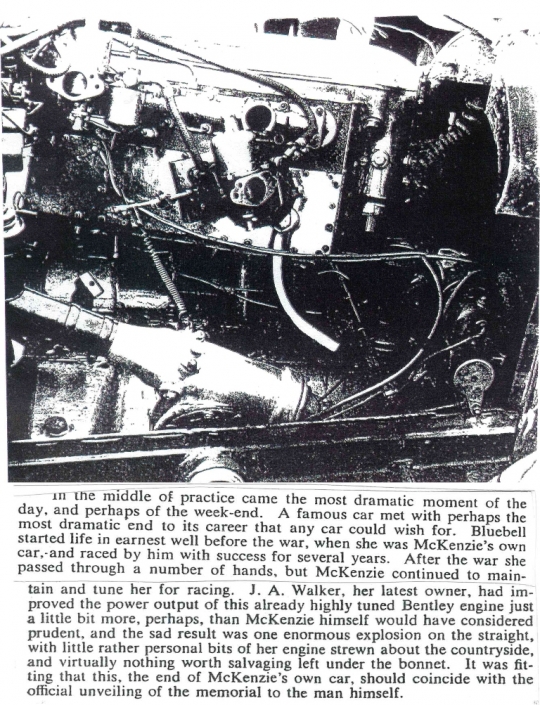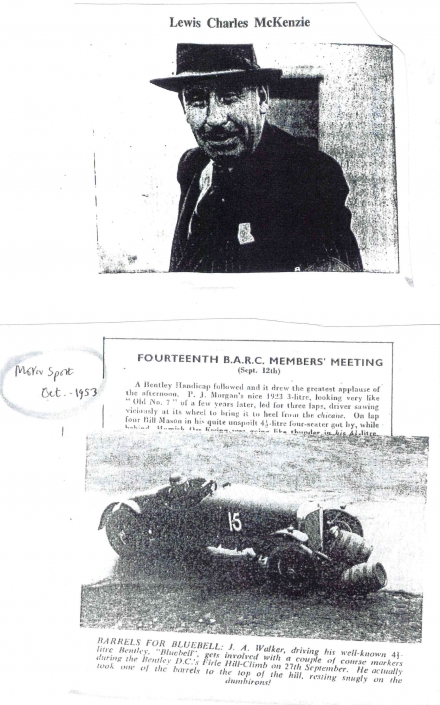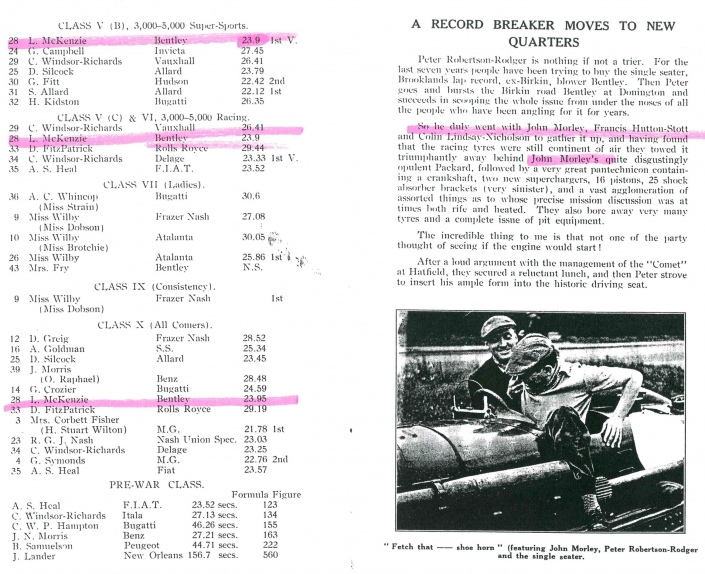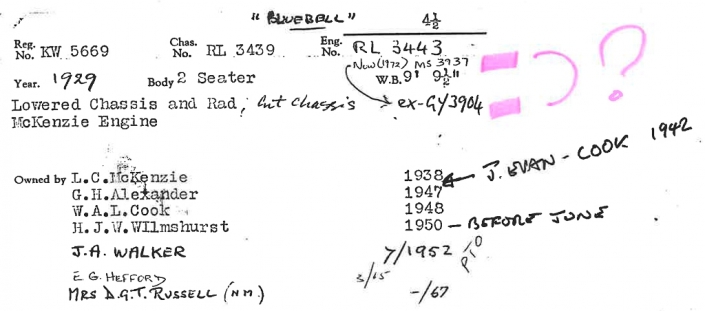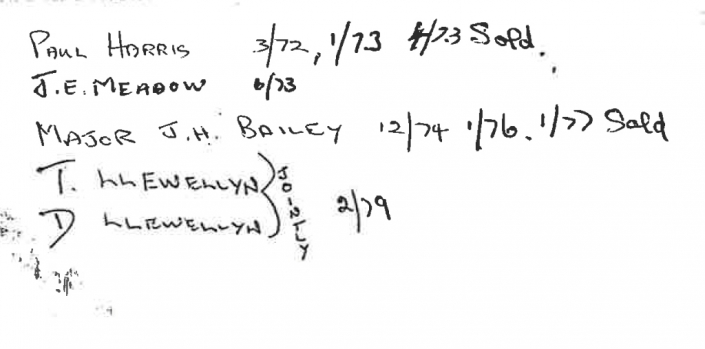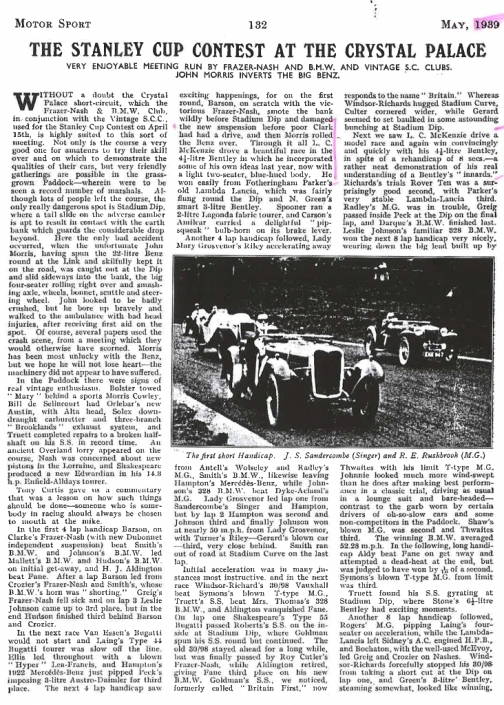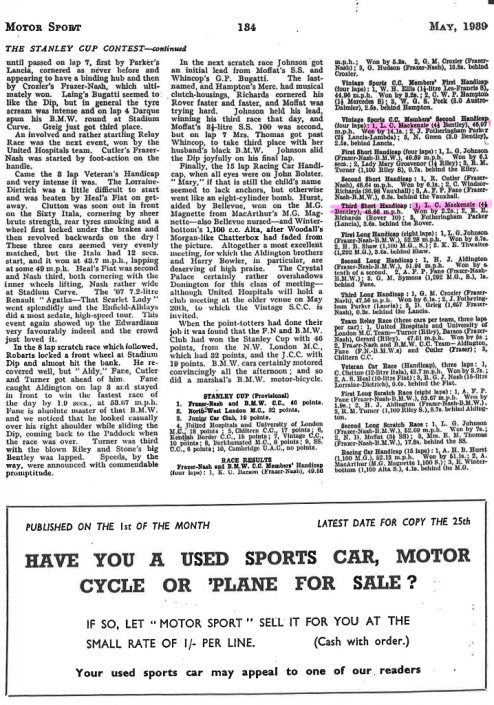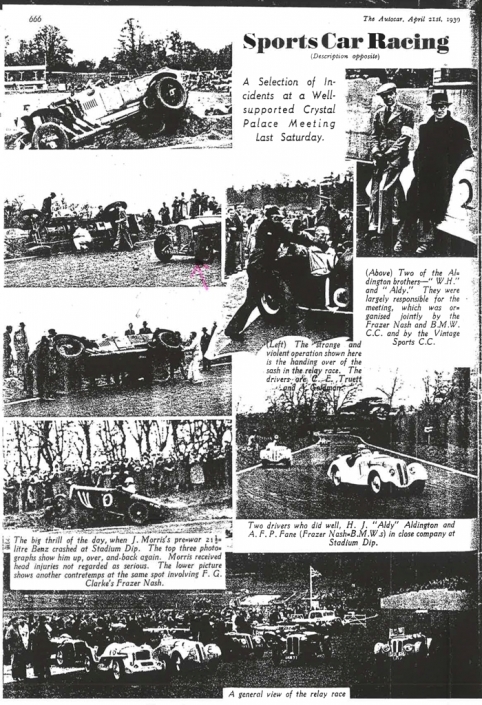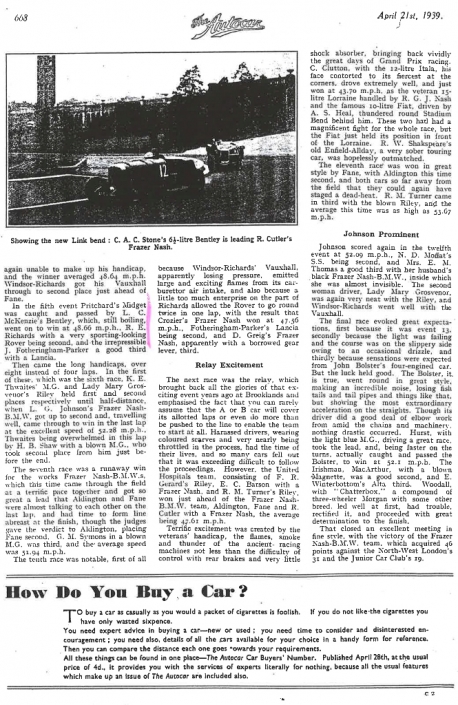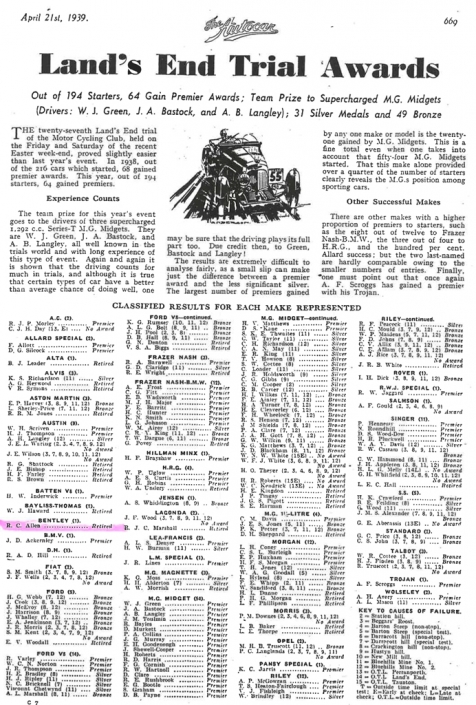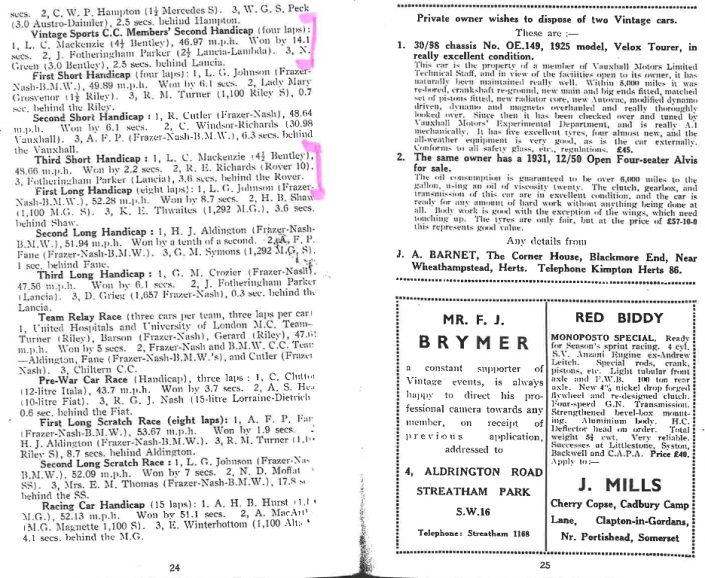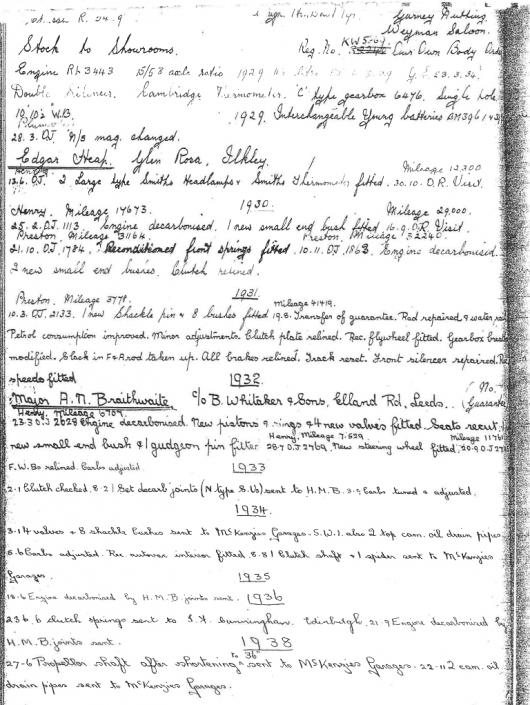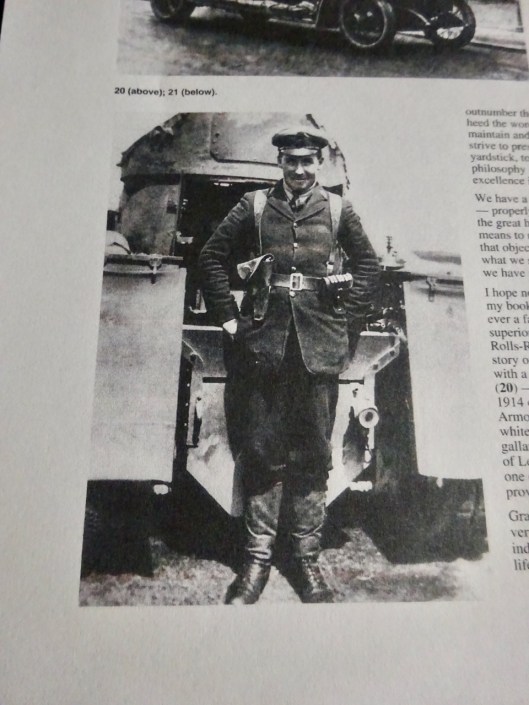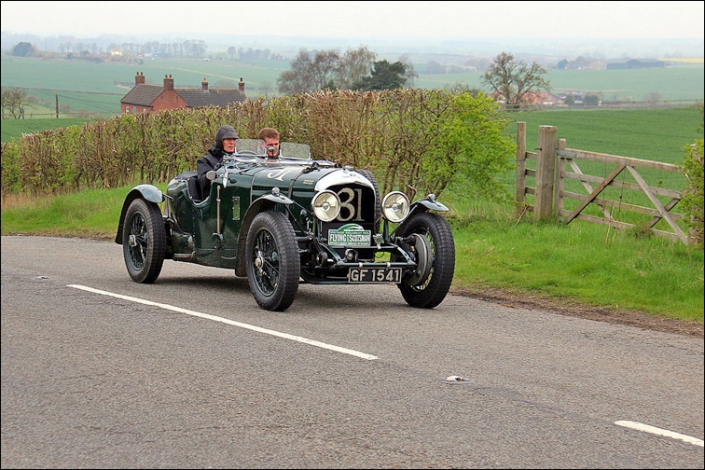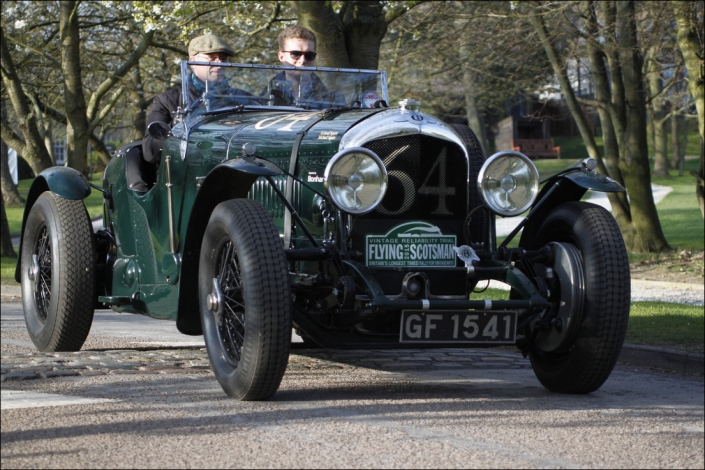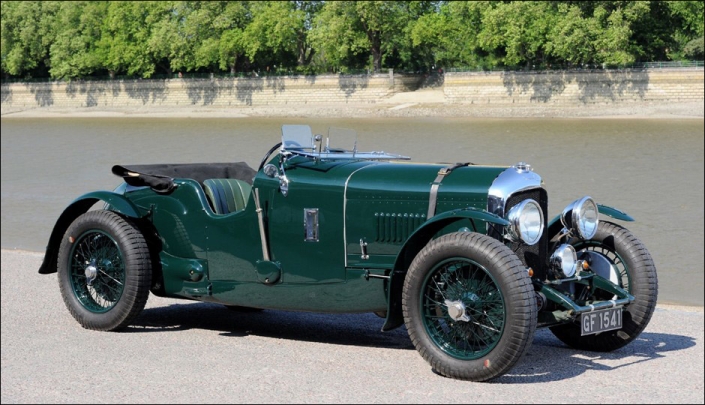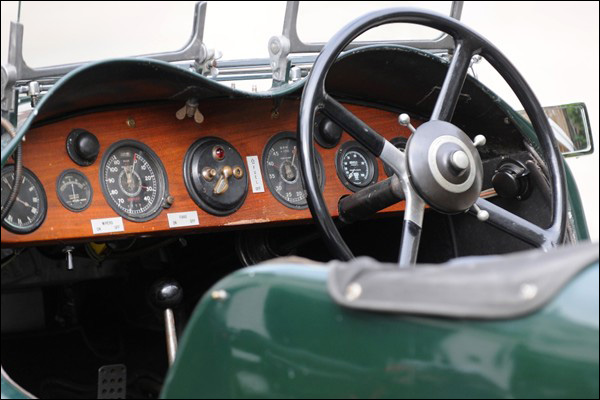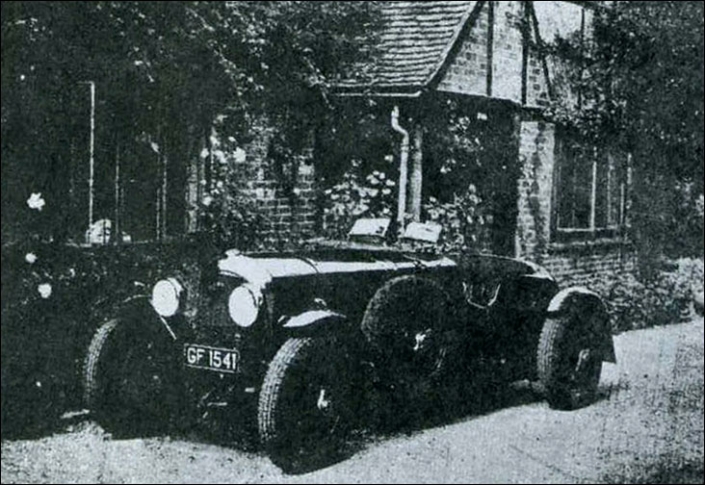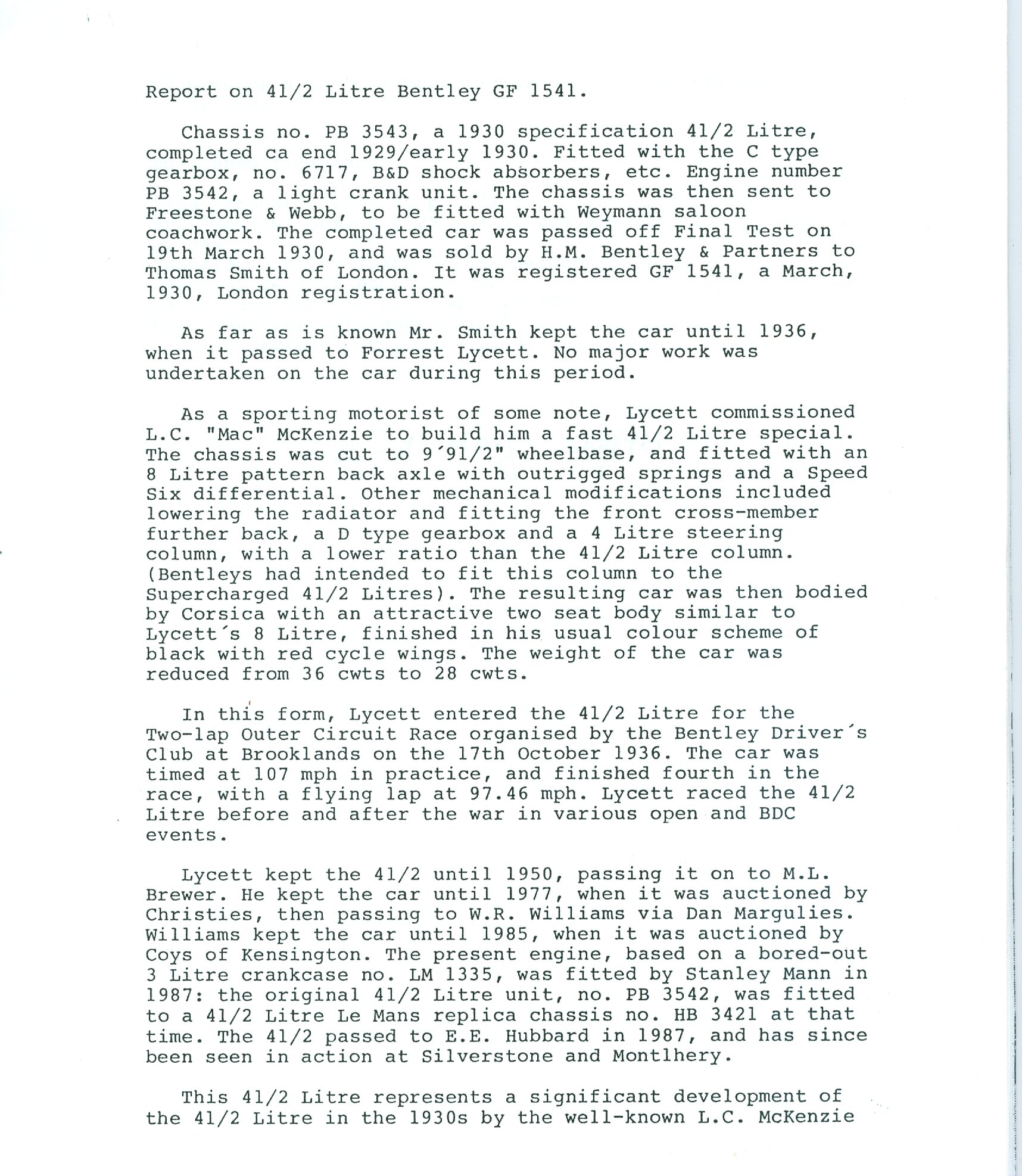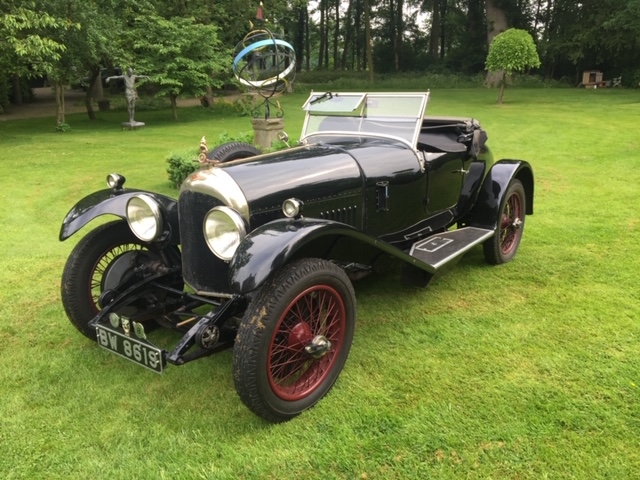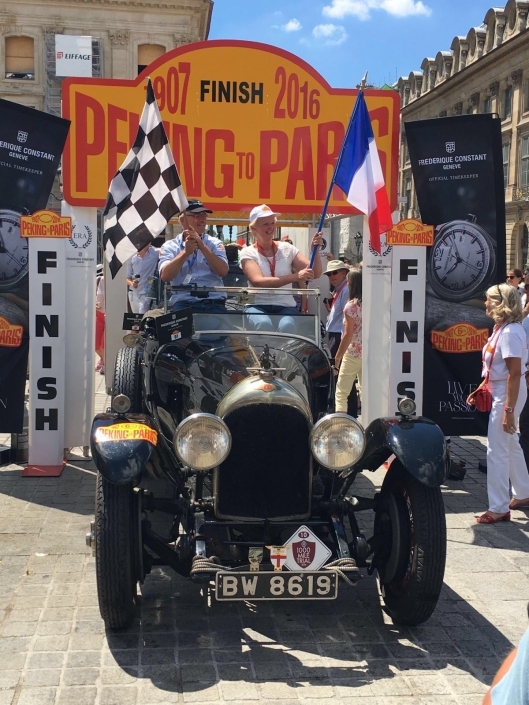Bentley Bluebell races Bentley classics race at Le Mans
Dear Sir,
No doubt your contributor, Mr. Paul Harris, knows the history of Bluebell.
I more or less watched her being built and when I compared certain points with the Forrest Lycett 4½, dear old Mac drew my attention to the fact that Bluebell was being built for his own amusement and with very restricted capital, whereas Mr. Lycett had very much more gold for disposal.
However, Bluebell was duly completed, won two Vintage races on the same day at Crystal Palace and competed in several other events pre-war.
When questioned about winning the second race, having been re-handicapped, Mac stated he merely had to go a little faster…
One day when Mr. Lycett’s 8-litre was competing at, I believe, Shelsley, Mac was of course there in attendance and had taken Ted Avery (his top mechanic) with him. When the event was finished, Mac said to Ted, “You can take Bluebell and visit your family and I will go back to London with Mr. Lycett.”
No doubt full of the of the joys of Spring, Ted flashed through several villages, causing alarm and despondency to the forces of law and order. Eventually disaster arrived, he (or rather Bluebell) hit an Austin 10 and more or less demolished that with four people in it.
Coming from that rather easy victory he then took on a bus, knocked the front axle off that so that it landed up on the bank, came out of that encounter backwards and into a large tree. The last named was the final victor, being too stout for even a “4 ½”.
Poor Ted got a good rap on the head which caused him discomfort for a very long time, especially when up-ending himself to look under Bentley dashboards, etc. He also lost his driving licence. Luckily, the occupants of the Austin survived without too much personal damage.
I saw Mac examining Bluebell with the body off and he remarked: “Out of line in 32 places”, and added some observations relative to Mr. Ted Avery.
The first owner after Mac was Jack E. Evan-Cook.
Yours Faithfully,
C.J.L. Mertens
155 Brondesbury Park,
London, NW2 5LJ.
Racing Results
Previous Owners of Bluebell
Other Bentleys
1930 Bentley 4.5 Litre | FISKENS
Courtesy of FISKENS
1930 Bentley 4½ Litre Short-Chassis Two-Seater Reg. No. GF 1541 Coachwork By Corsica, London
Chassis No. PB 3543 Engine No. RB. 3542
Engine, four-cylinder, overhead-camshaft, monobloc, bore 100mm., stroke 140mm., capacity 4,398c.c.: dual magneto ignition: four-speed gearbox, right-hand change: spiral bevel final drive: footbrake on four wheels, handbrake on rear wheels: suspension semi-elliptic front and rear: wheelbase 10ft. 0in.: tyre size 5.50/6.00 x 19: price new in England (standard tourer), £1,295.
769 4 1/2 litre Bentleys of all types were made, but the short-chassis model was always a special-order item, and must be distinguished from ‘cut-and-shut’ versions modified late in life. This car was commissioned by the late Forrest Lycett (renowned for his subsequent exploits on an 8-litre) and delivered to him on 18 March, 1930. It carries two-seater sports bodywork with cycle-type wings. The vehicle was raced pre-War at Shelsley Walsh and Brooklands, attaining 112 m.p.h. on the Outer Circuit at the latter venue in 1939. It was laid up in 1941, but was again raced successfully at Silverstone and other venues after World War II. The car passed from Mr. Lycett to his godson, its present owner, in 1959, and has not been raced since 1965.
Condition is commensurate with careful maintenance and a total mileage in the region of 45,000. In 1971 the engine was completely overhauled, and a top overhaul with new pistons was undertaken in 1975/6. Some bills for recent work are available. The chassis was stripped in 1973, the transmission was overhauled two years ago, and the car repainted (in its original colours of black with maroon wings) in 1976. Equipment includes two side-mounted spare wheels, and two extra wheels without tyres.
Source: From a sales catalog dated Oct. 27, 1977
Made available by Michael J. Immecke
TECHNICAL REPORT 1930 Bentley 4.5 Litre | Previously Sold | FISKENS
Courtesy of FISKENS
1925 Bentley 3-Litre Speed Model Sports Two-Seater
Coachwork by Park Ward Ltd
Registration no. BW 8619
Chassis no. 1025
Engine no. 451
Footnotes
- W O Bentley proudly unveiled the new 3-Litre car bearing his name on Stand 126 at the 1919 Olympia Motor Exhibition, the prototype engine having fired up for the first time just a few weeks earlier. Bentley’s four-cylinder ‘fixed head’ engine incorporated a single overhead camshaft, four-valves per cylinder and a bore/stroke of 80x149mm. Twin ML magnetos provided the ignition and power was transmitted via a four-speed gearbox with right-hand change. The pressed-steel chassis started off with a wheelbase of 9′ 9½” then adopted dimensions of 10′ 10″ (‘Standard Long’) in 1923, the shorter frame being reserved for the TT Replica and subsequent Speed Model. Rear wheel brakes only were employed up to 1924 when four-wheel Perrot-type brakes were introduced.In only mildly developed form, this was the model that was to become a legend in motor racing history and which, with its leather-strapped bonnet, classical radiator design and British Racing Green livery, has become the archetypal Vintage sports car.
Early success in the 1922 Isle of Man Tourist Trophy, when Bentleys finished second, fourth, and fifth to take the Team Prize, led to the introduction of the TT Replica (later known as the Speed Model) on the existing 9′ 9½” wheelbase, short standard chassis. Identified by the Red Label on its radiator, the Speed Model differed by having twin SU ‘sloper’ carburettors, a higher compression ratio, different camshaft and the close-ratio A-type gearbox, the latter being standard equipment prior to 1927 when the C-type ‘box was adopted. These engine changes increased maximum power from the standard 70 to 80bhp and raised top speed to an impressive 90mph. Other enhancements included the larger (11-gallon) fuel tank and (usually) André Hartford shock absorbers. Bentley made approximately 1,600 3-Litre models, the majority of which was bodied by Vanden Plas with either open tourer or saloon coachwork.Michael Hay’s authoritative work, Bentley, The Vintage Years, records the fact that chassis number ‘1025’ was completed as a Speed Model with two-seater sports coachwork by Park Ward and registered ‘BW 8691’ in March 1925. The car retains its original body and chassis, the number ‘1025’ appearing on the bonnet edges and also on the front dumb iron. Engine number ‘451’ is not original to this chassis, which was completed with ‘1037’, but is an earlier unit (from chassis ‘443’) complete with SU ‘Sloper’ carburettors and the early-type sump. One of only 513 Speed Models built, ‘BW 8619’ was first owned by one H F Rutter followed by The Hon Mountjoy-Fane (1927), Stanley Robinson (1928), four other owners, David Dolton (1966), John Malyan of Billingshurst, Sussex (1997) and Peter Gwynn from June 2003.
Previous owner John Malyan had acquired the car via Tim Houlding of Court Consultancy. Described by them as having original and unique coachwork, the Bentley had been in single ownership for 31 years and was said to be ‘scruffy’. Malyan restored the car, the engine being completely rebuilt by renowned marque specialist Roger Cook. Invoices on file from Elmdown Engineering of Hungerford, Berkshire, James Pearce of Wisborough Green, Sussex and Bruce Young of Worcestershire detail the work carried out from 1998 to 2001 while ‘BW 8619’ was in Mr Malyan’s ownership. Sensible modifications incorporated include Kenlowe electric cooling fans, Laycock overdrive and large, finned brake drums. Other noteworthy features include a side-mounted spare and a lovely, delicate windscreen. The rear compartment in the tail is lockable and ideal for stowage on longer runs and rallies. Peter Gwynn acquired gears for the close-ratio ‘A’-type ‘box from Brineton Engineering.
A class winner at the BDC Concours in 1999, the 3-Litre remains in generally very good order but has mellowed a little since its restoration. It started on the button for the recent photo shoot and ‘gave the feeling that you could hop in it and trundle around France for two weeks quite happily’.
Finished in black with matching hood and Burgundy wheels and interior, the car is offered with a beautifully presented file containing restoration invoices and photographs; Bentley service record sheet (up to 1933); most MoTs dating back to 1997; sundry old tax discs and bills for maintenance; Swansea V5 registration document and MoT to 14th July 2012. Open vintage Bentleys rarely come to market with their original body, and this Speed Model Two-Seater with unique coachwork by Park Ward is a welcome change to the archetypal Four-Seat Venden Plas Tourer.
CONTACT
For enquiries please send an email to:
For contributions to this website please mail your text or photo’s to:

